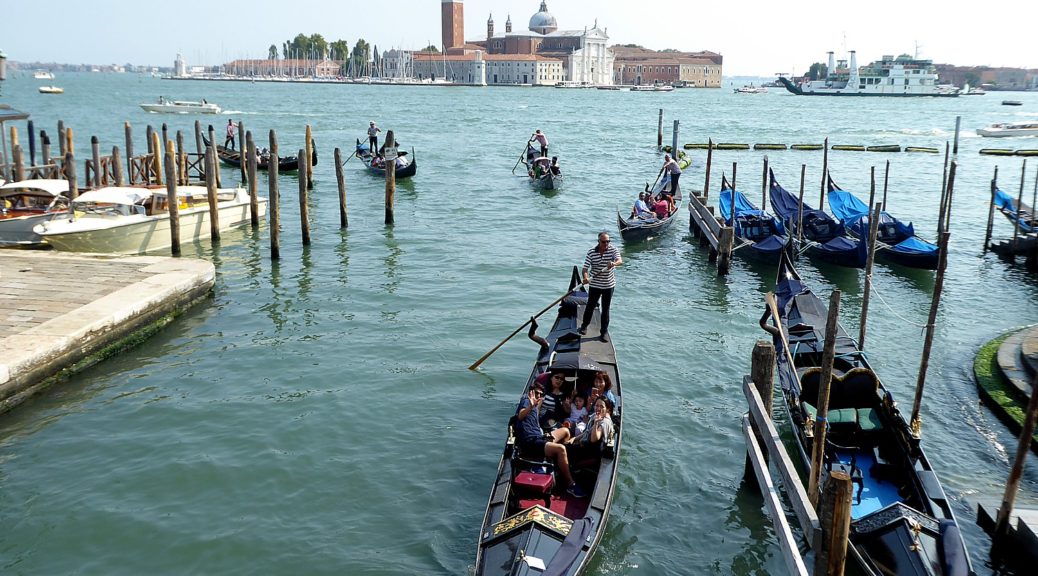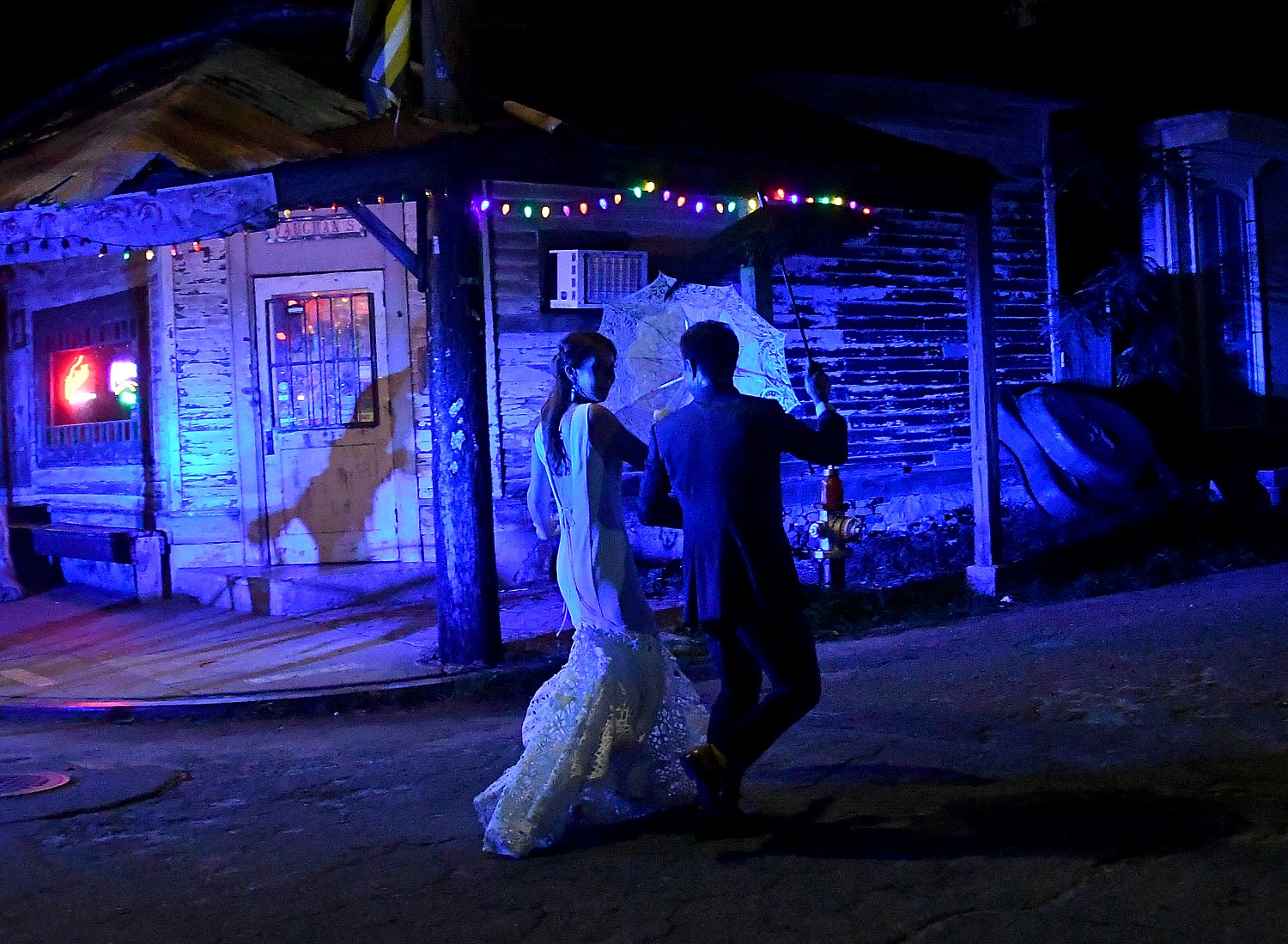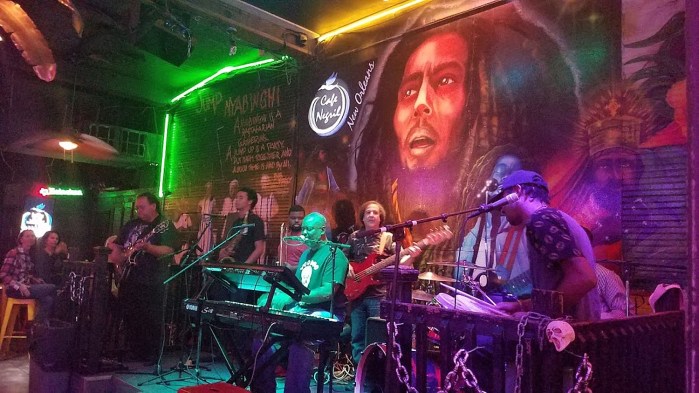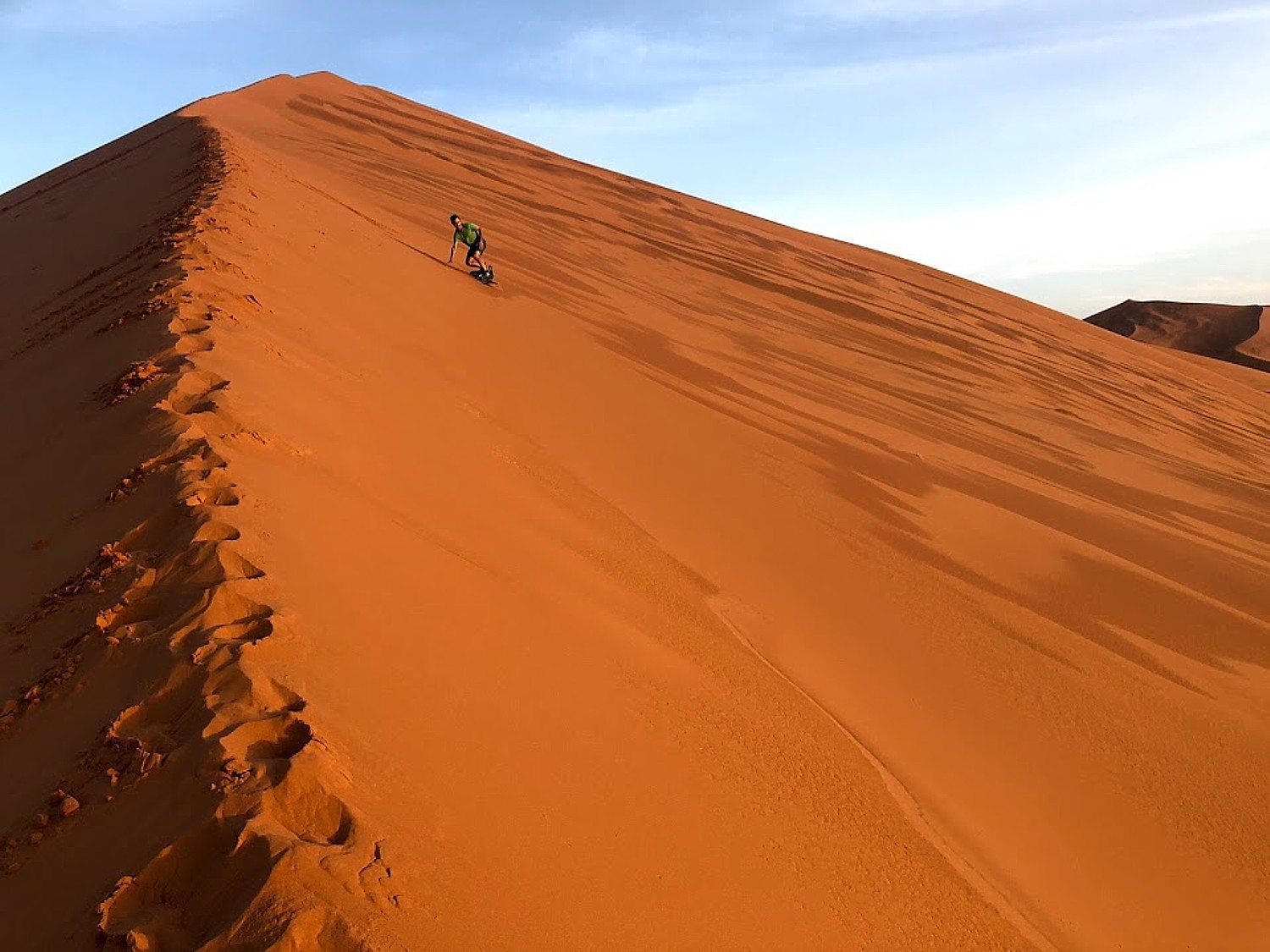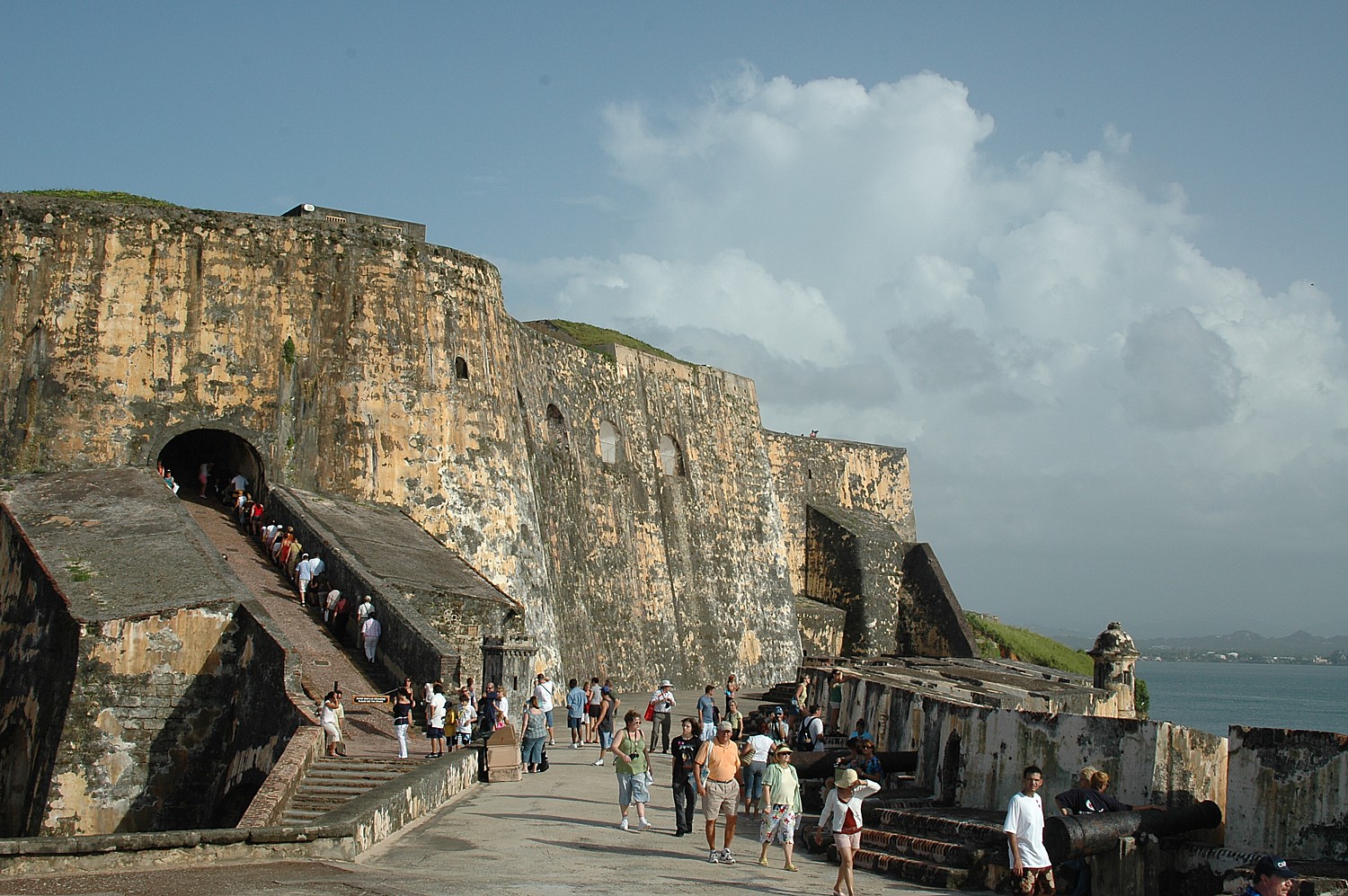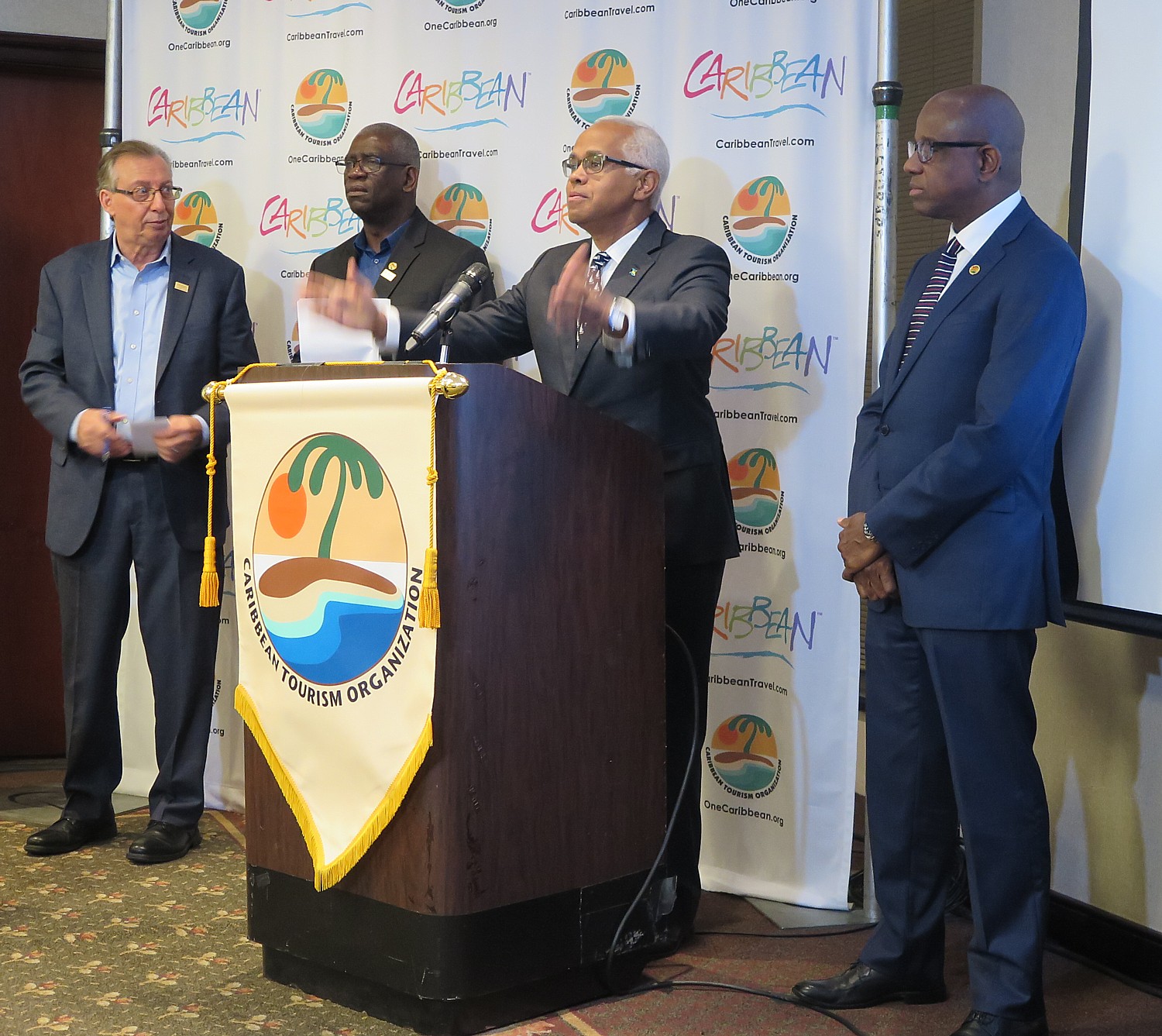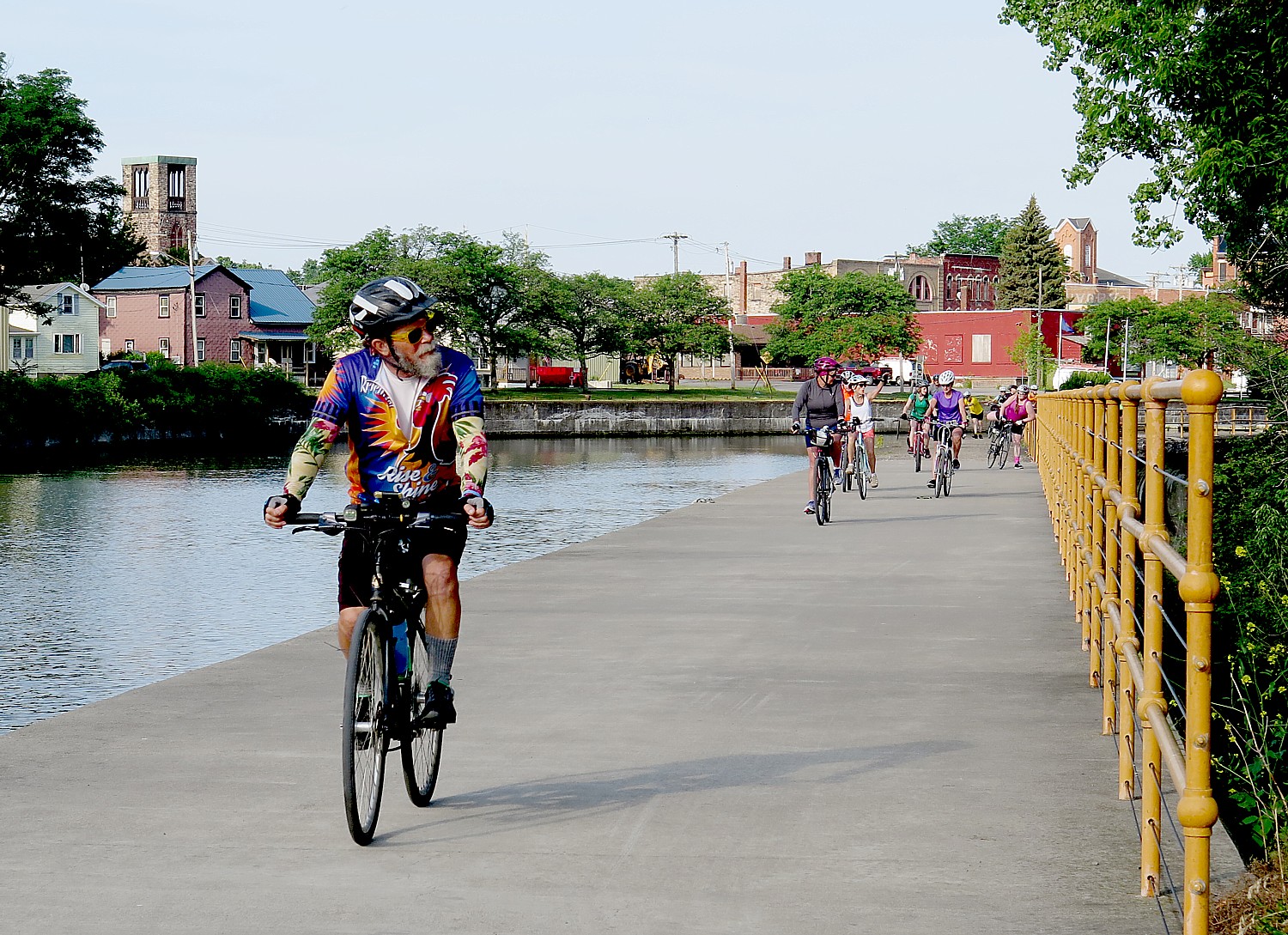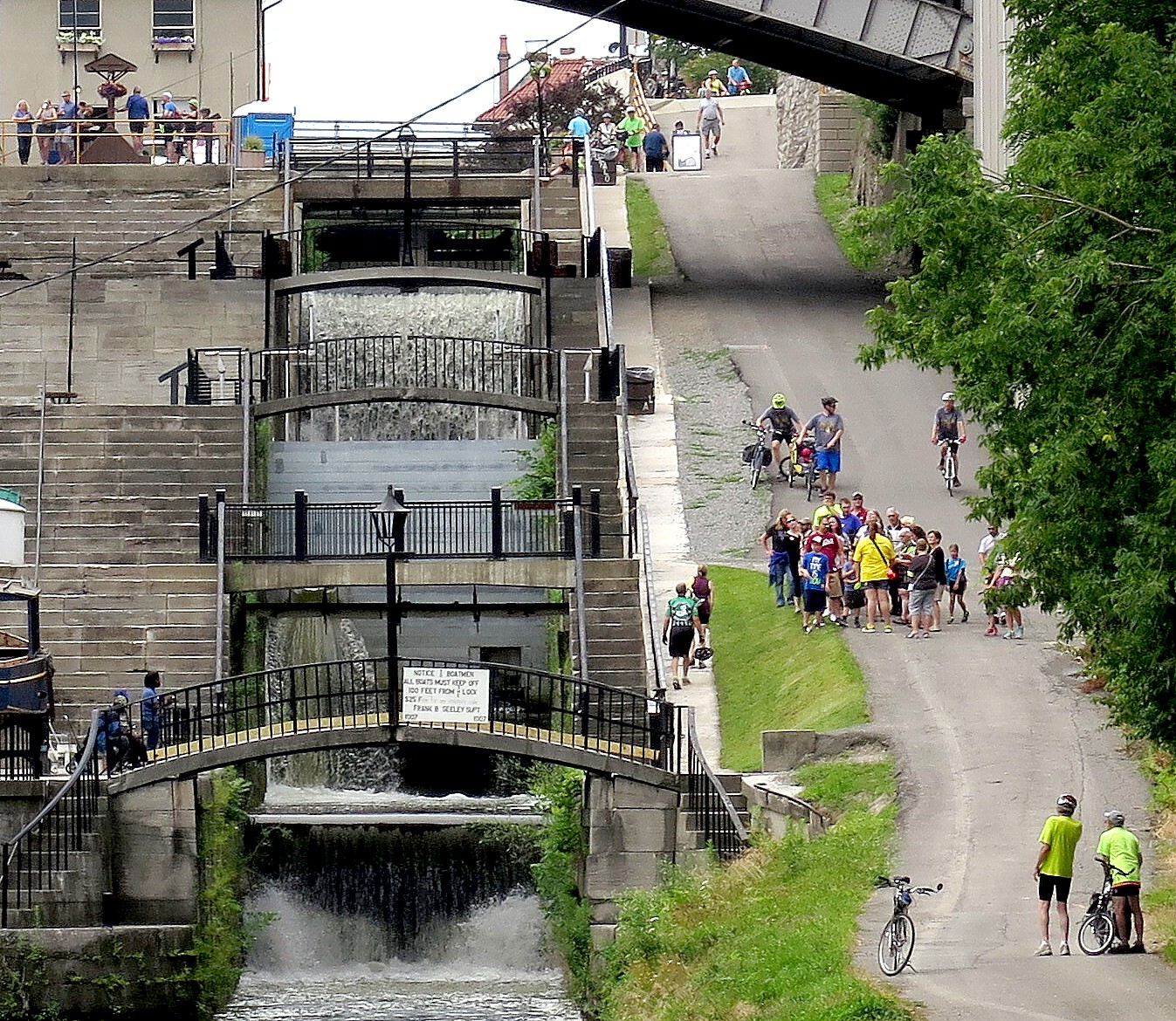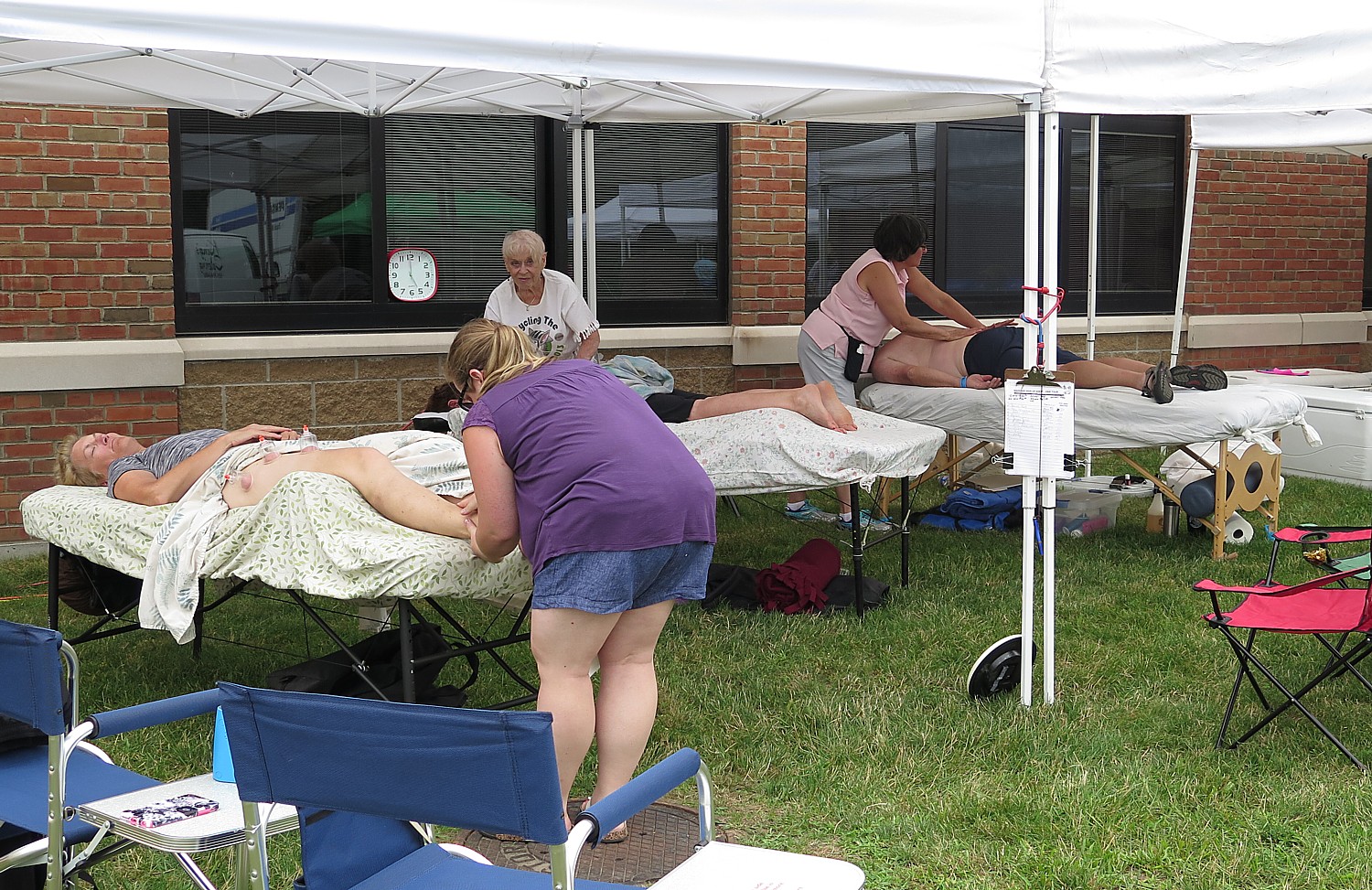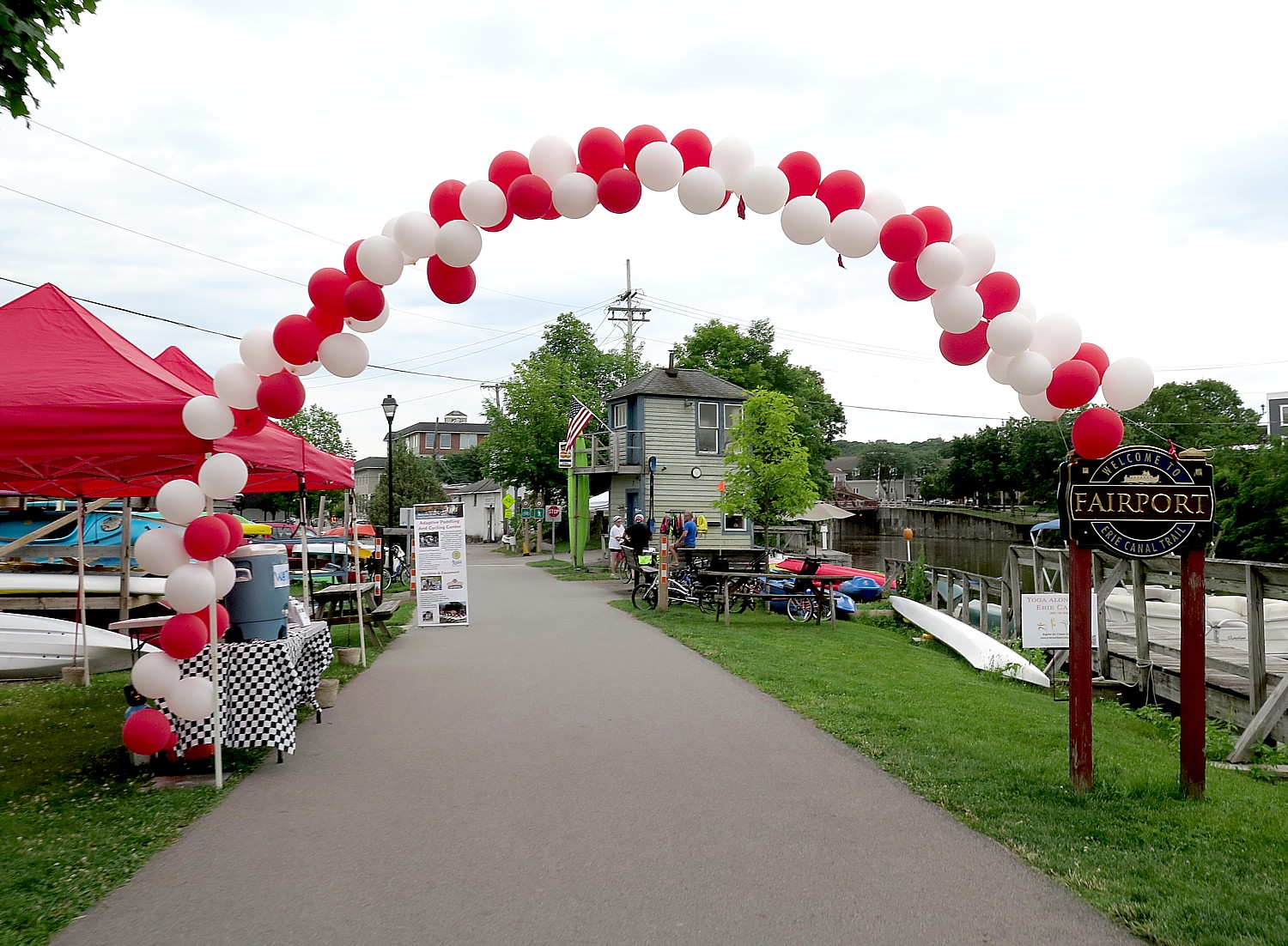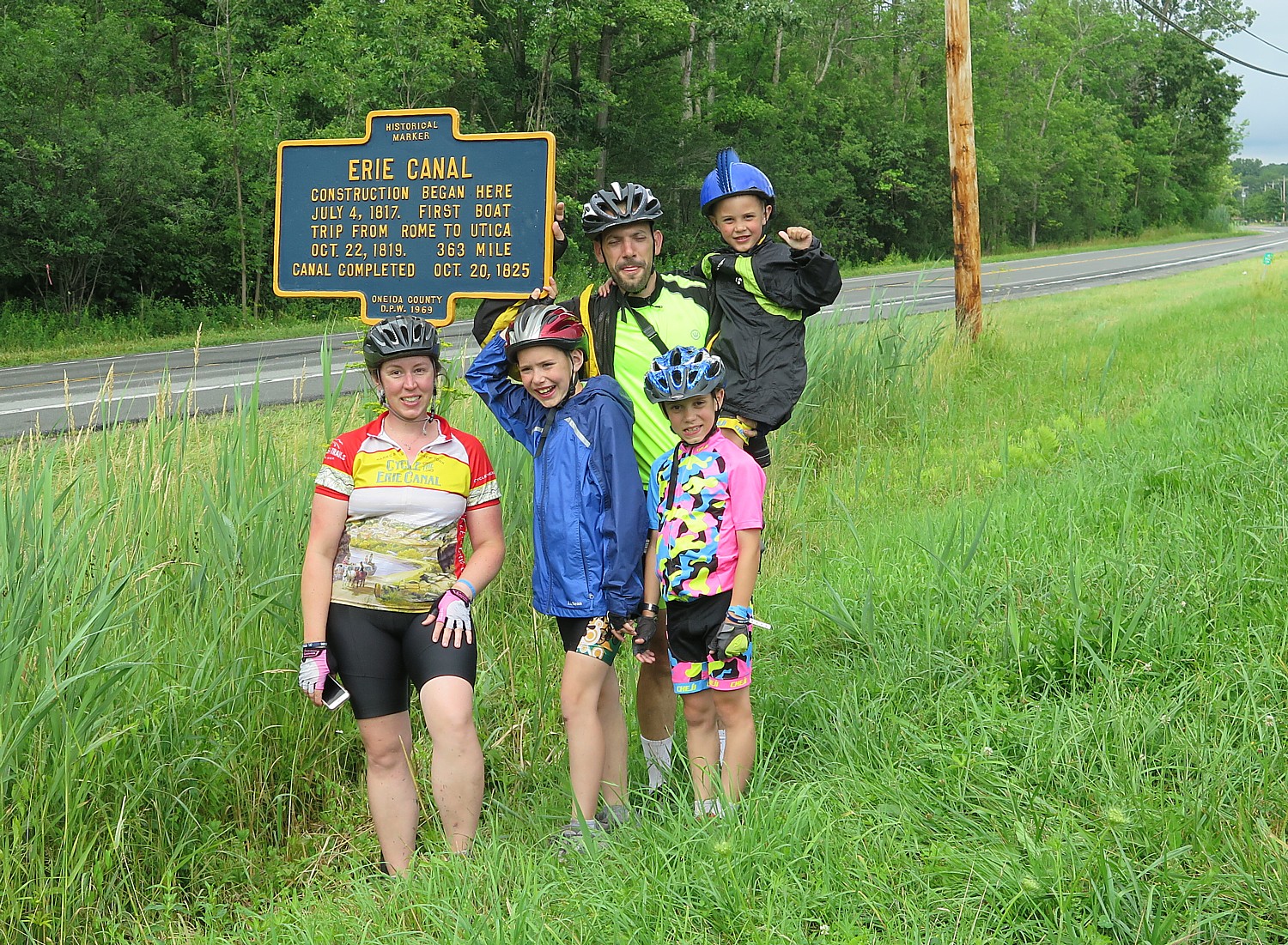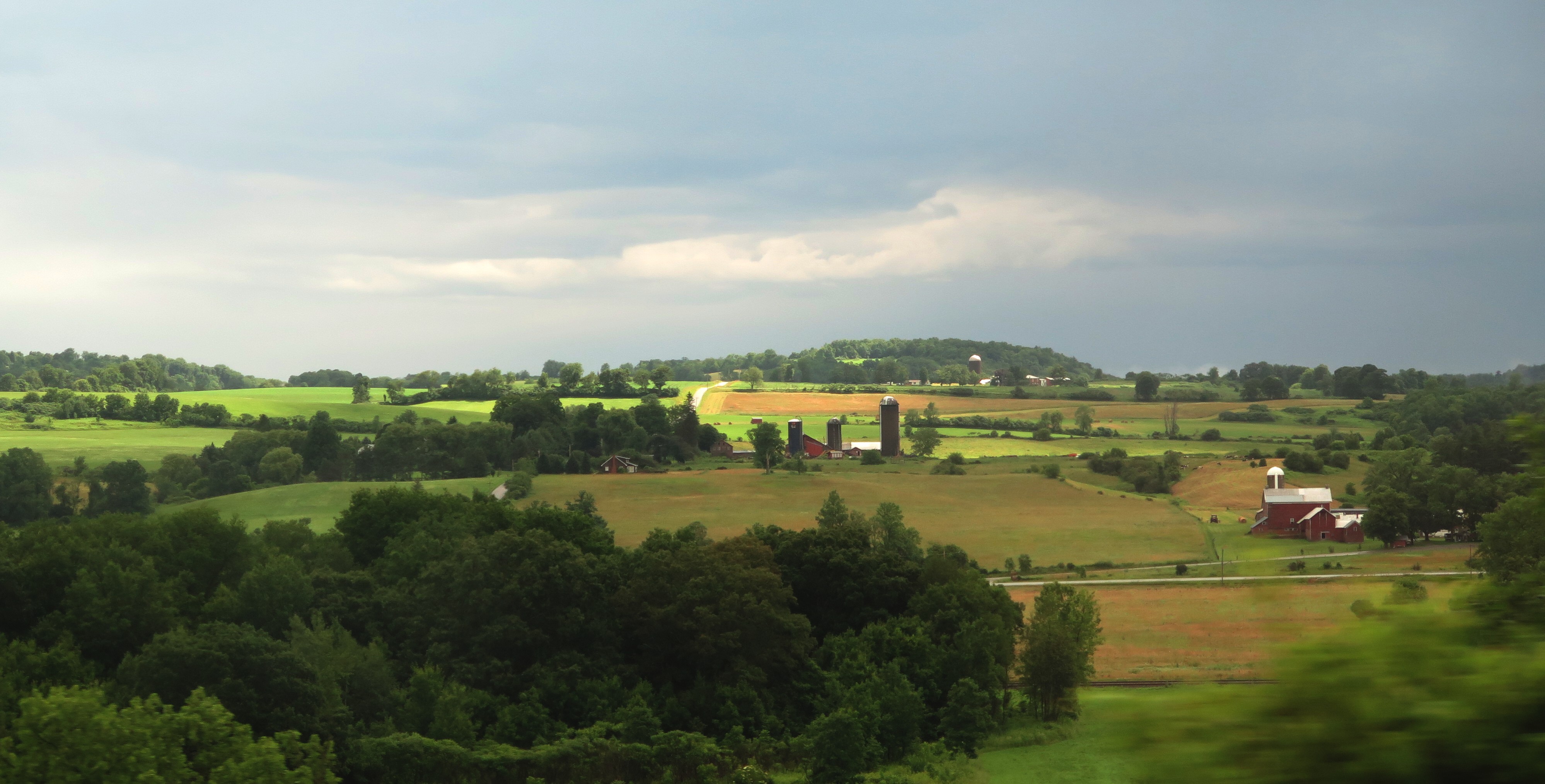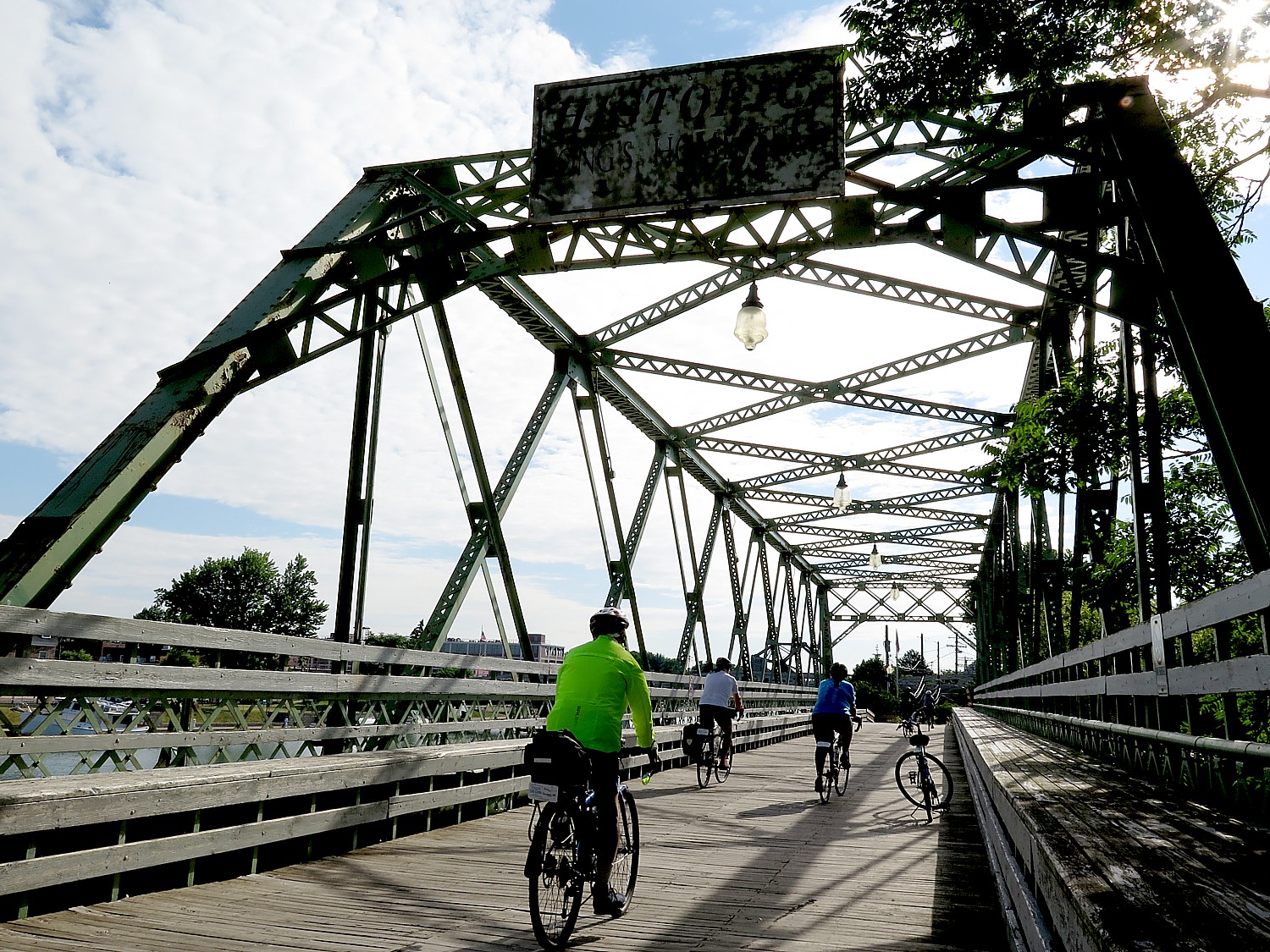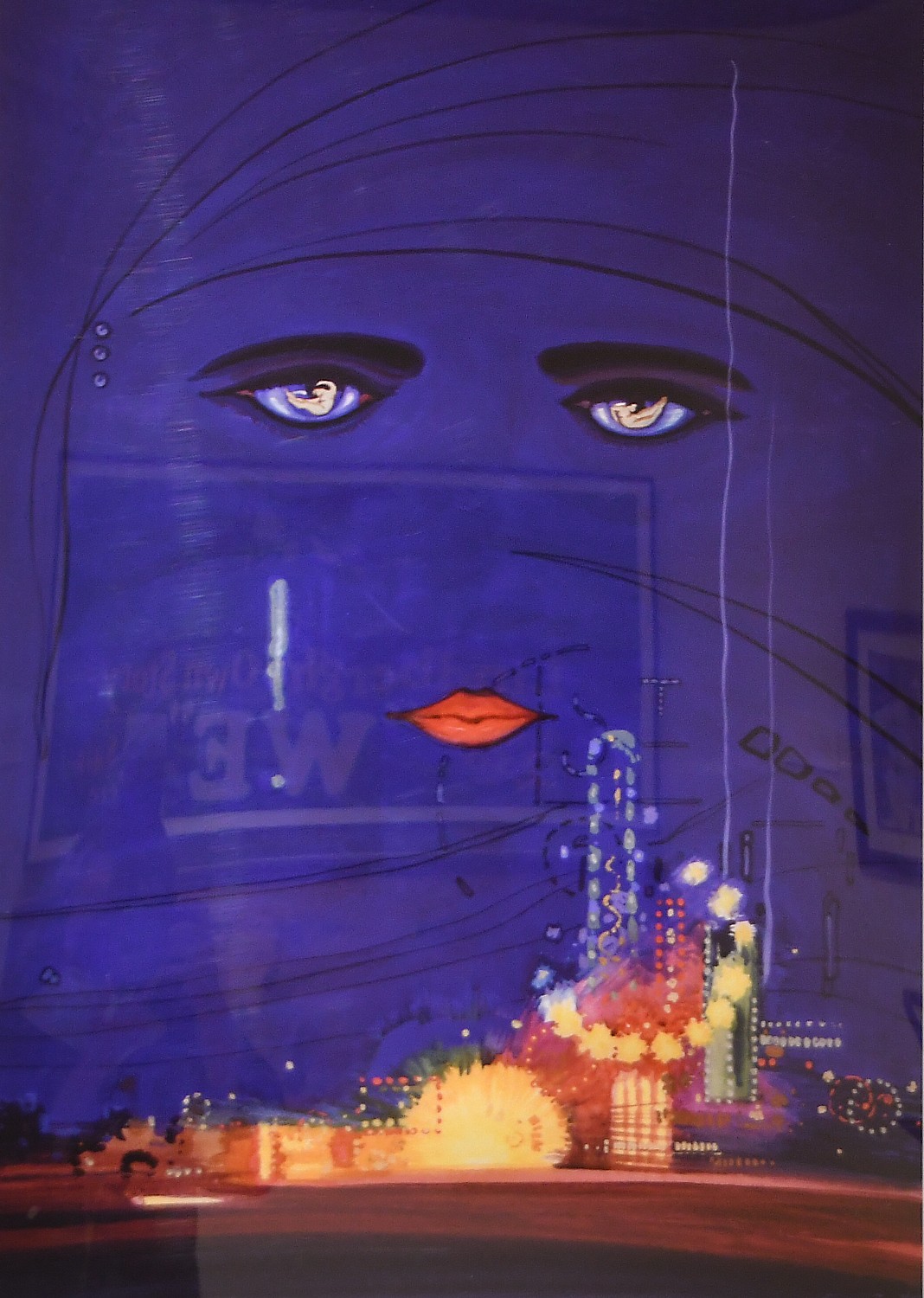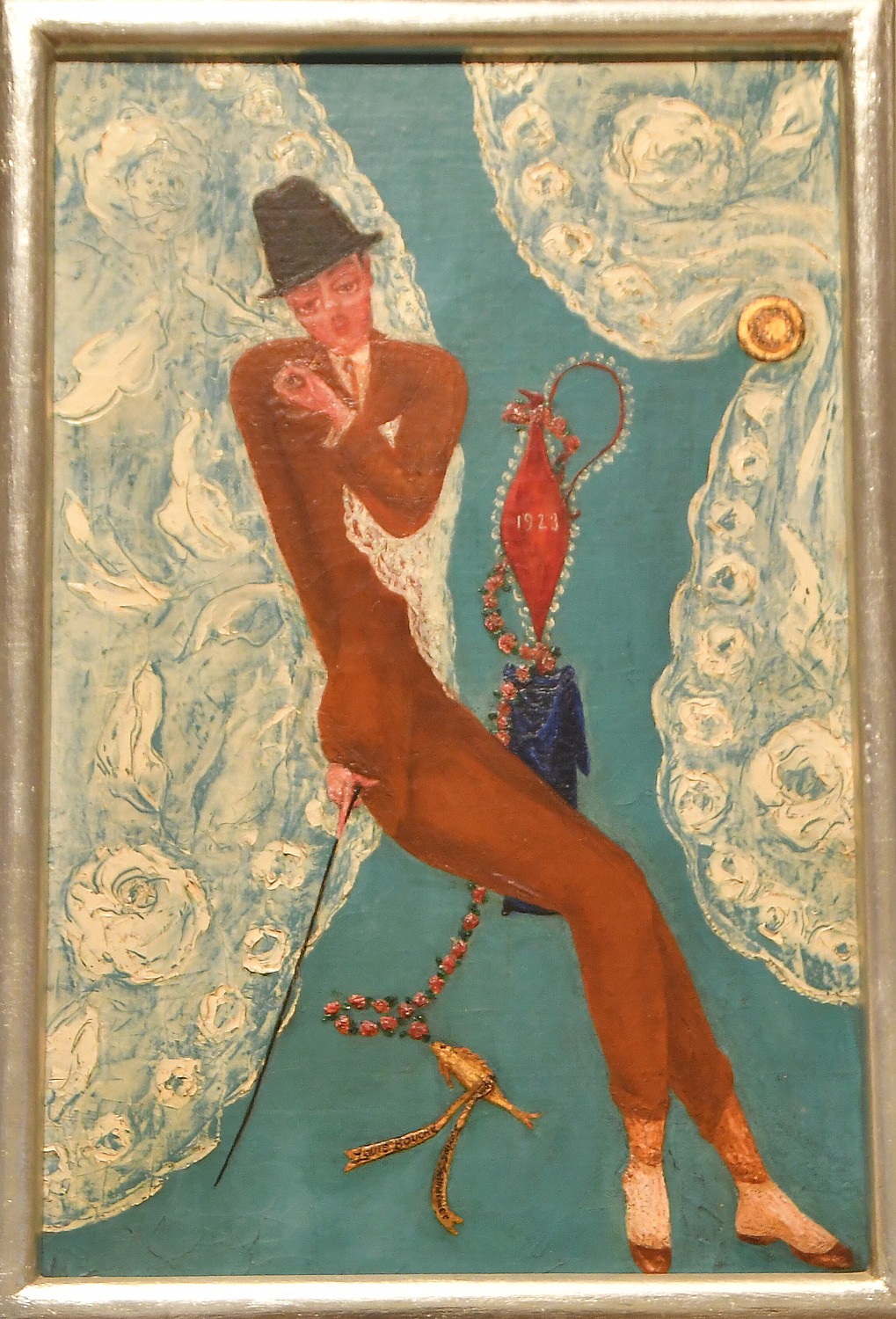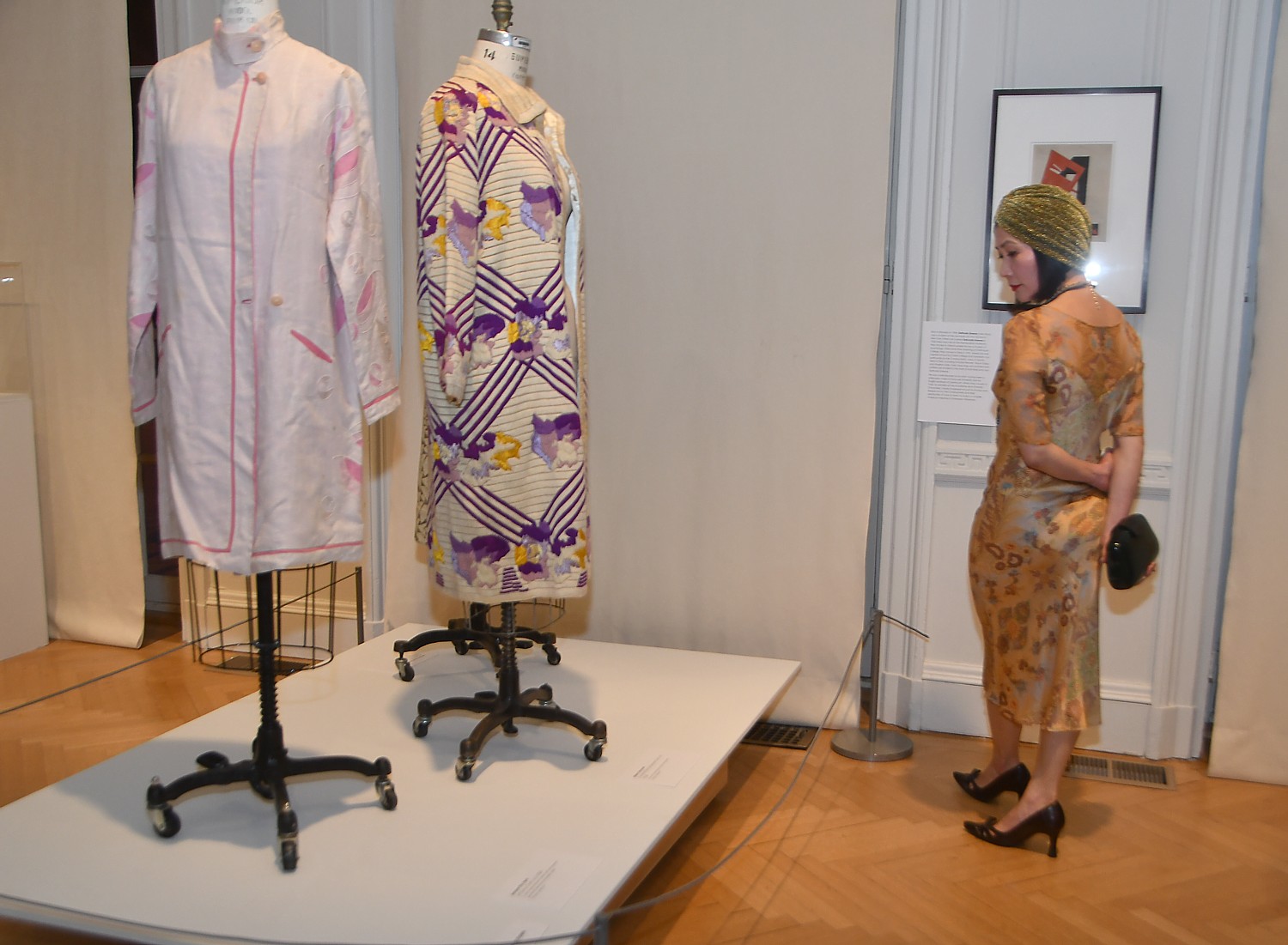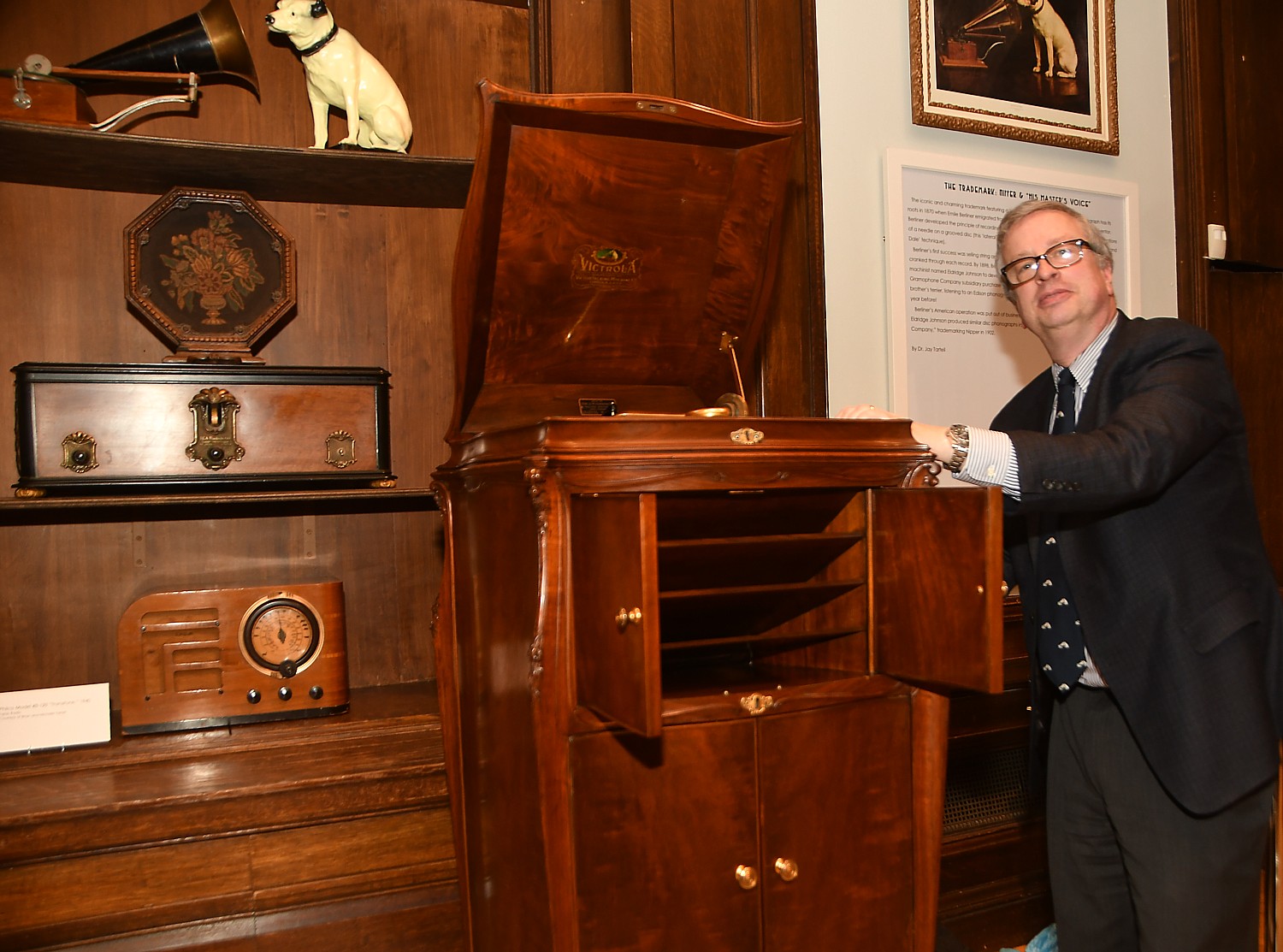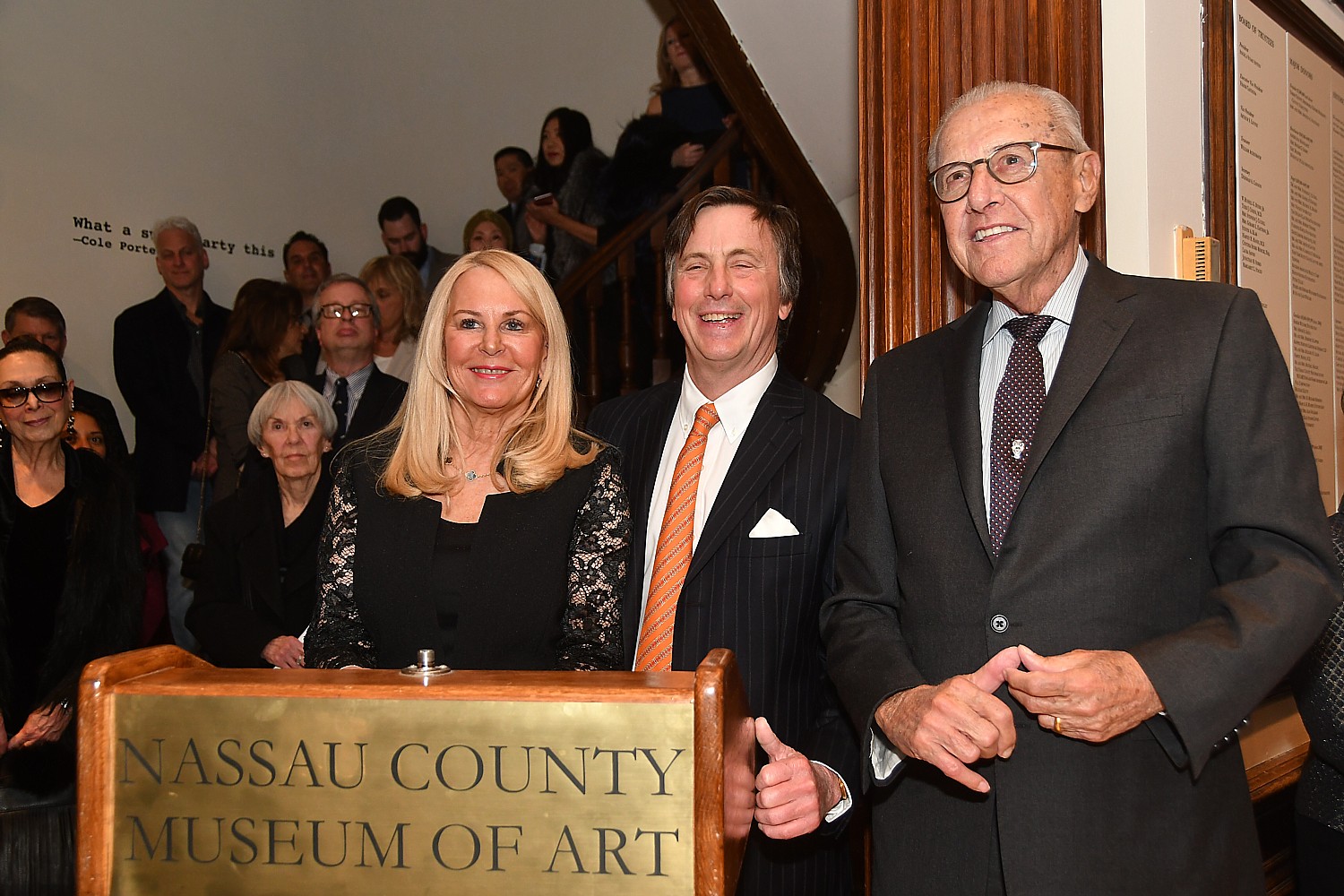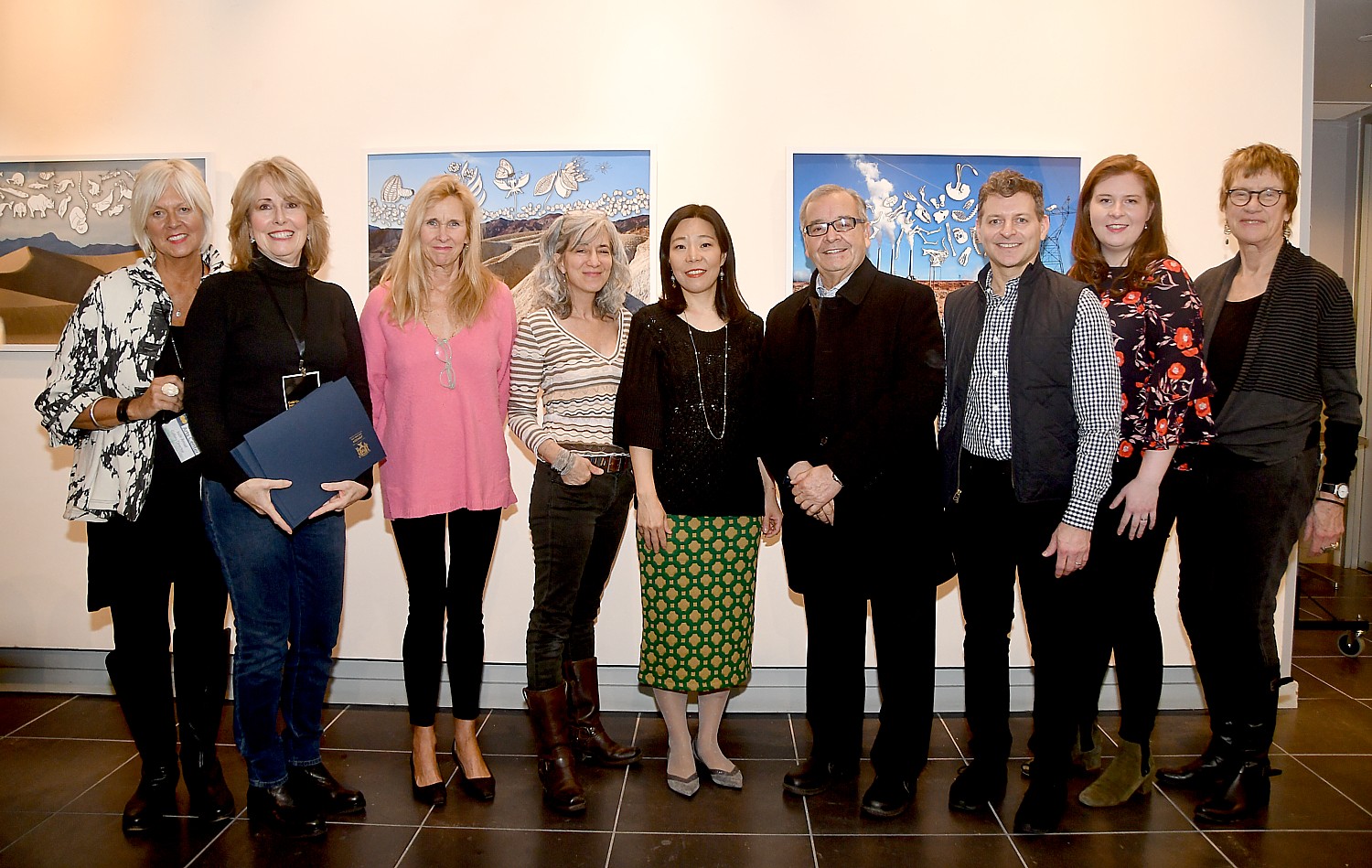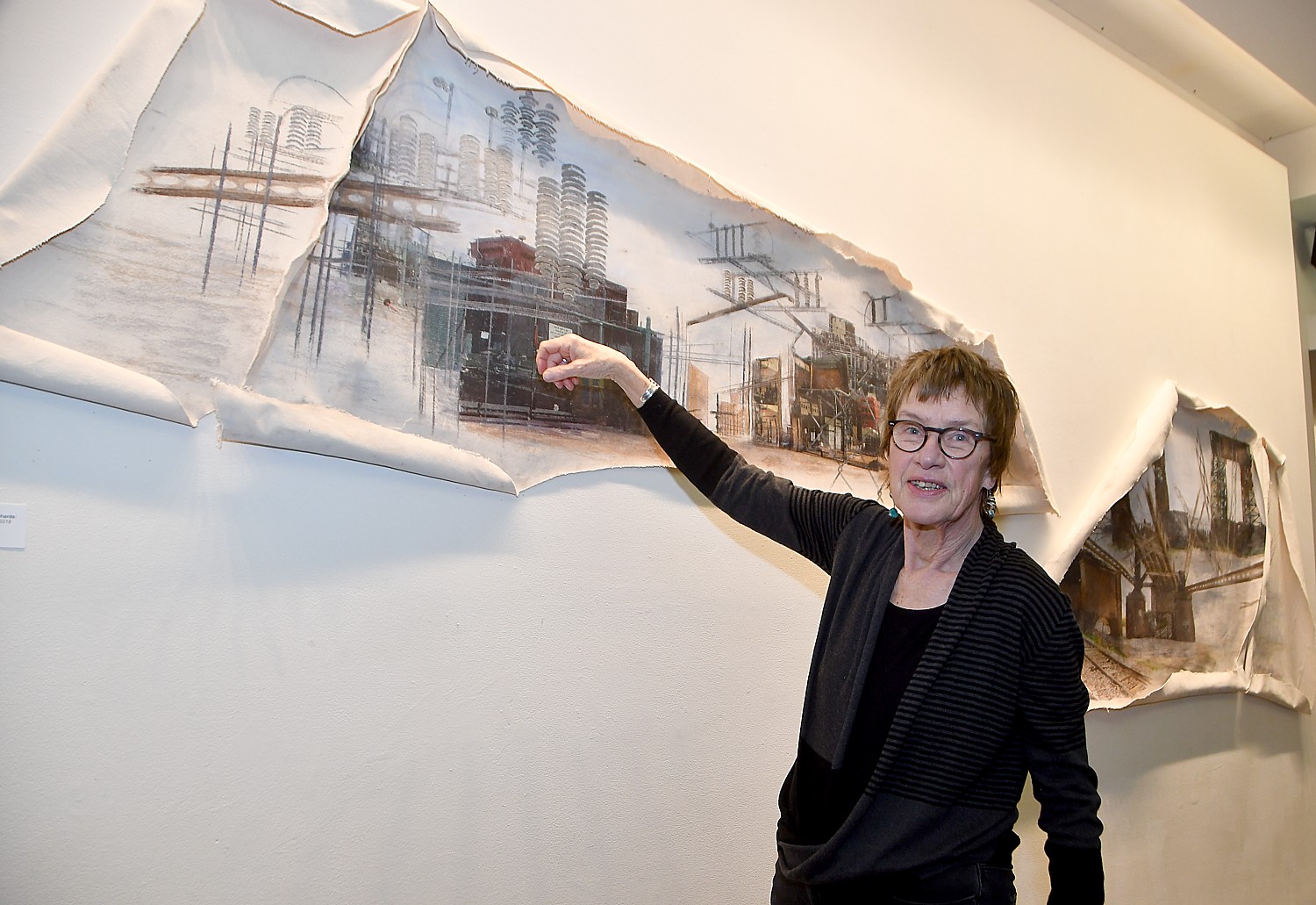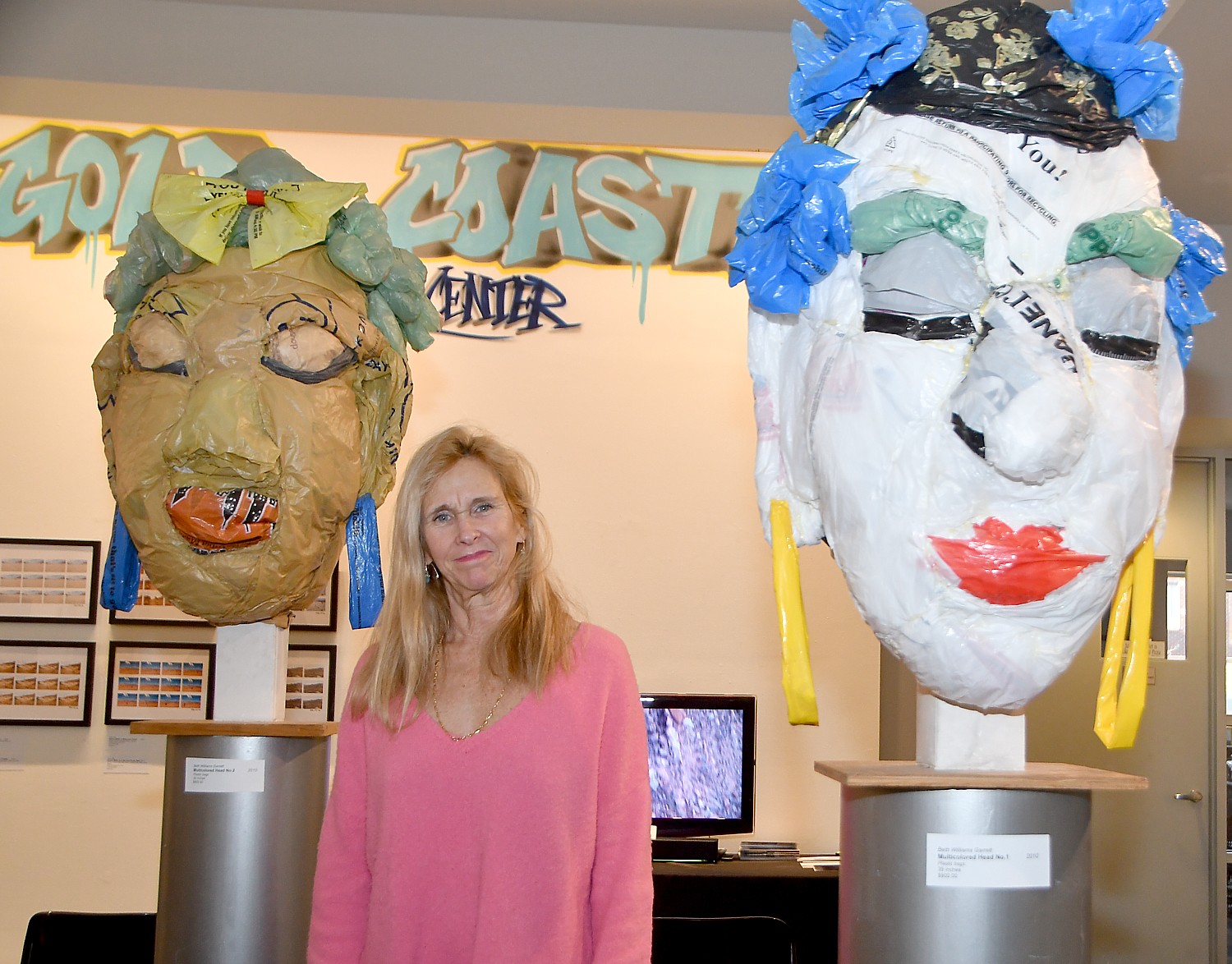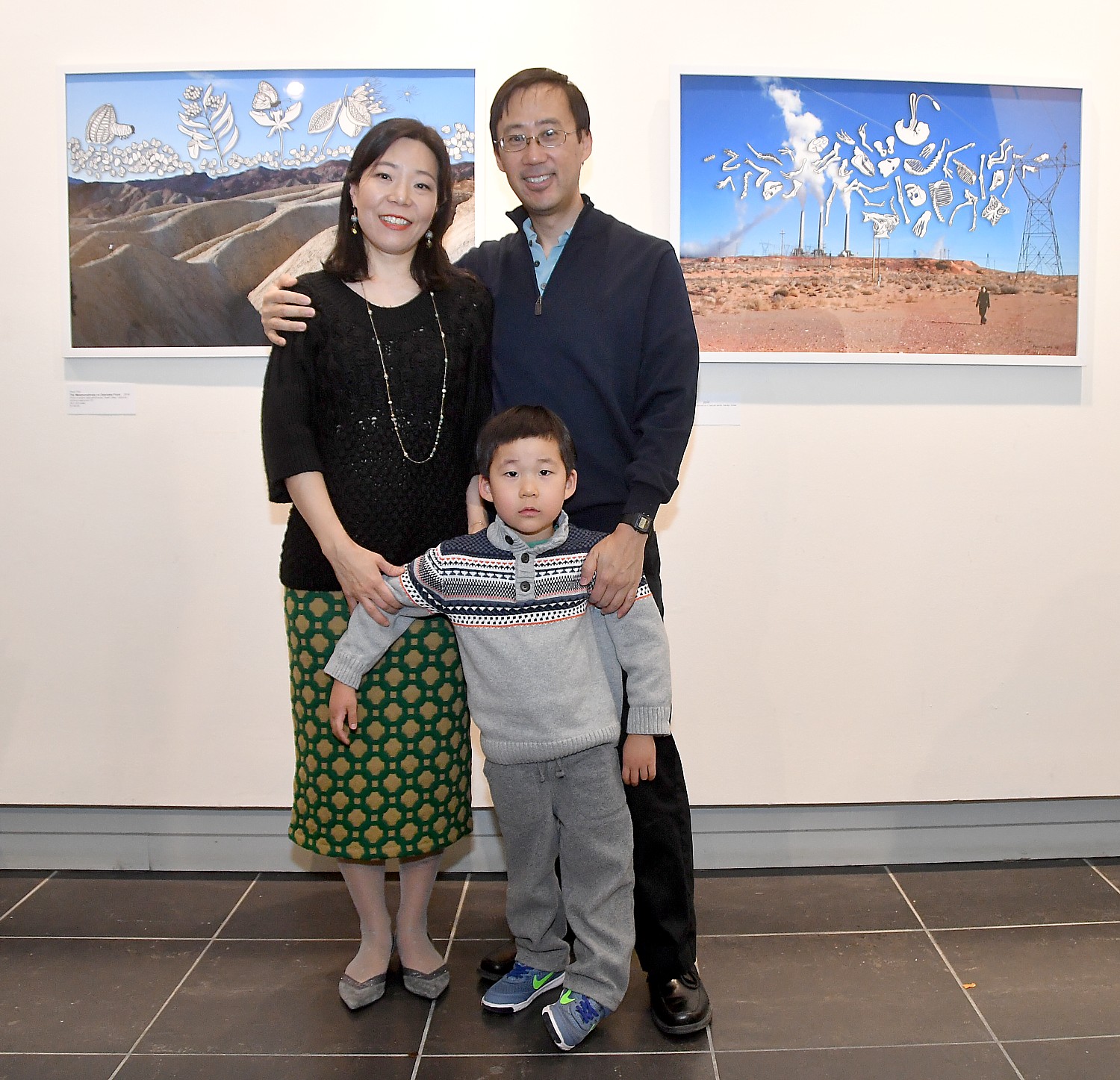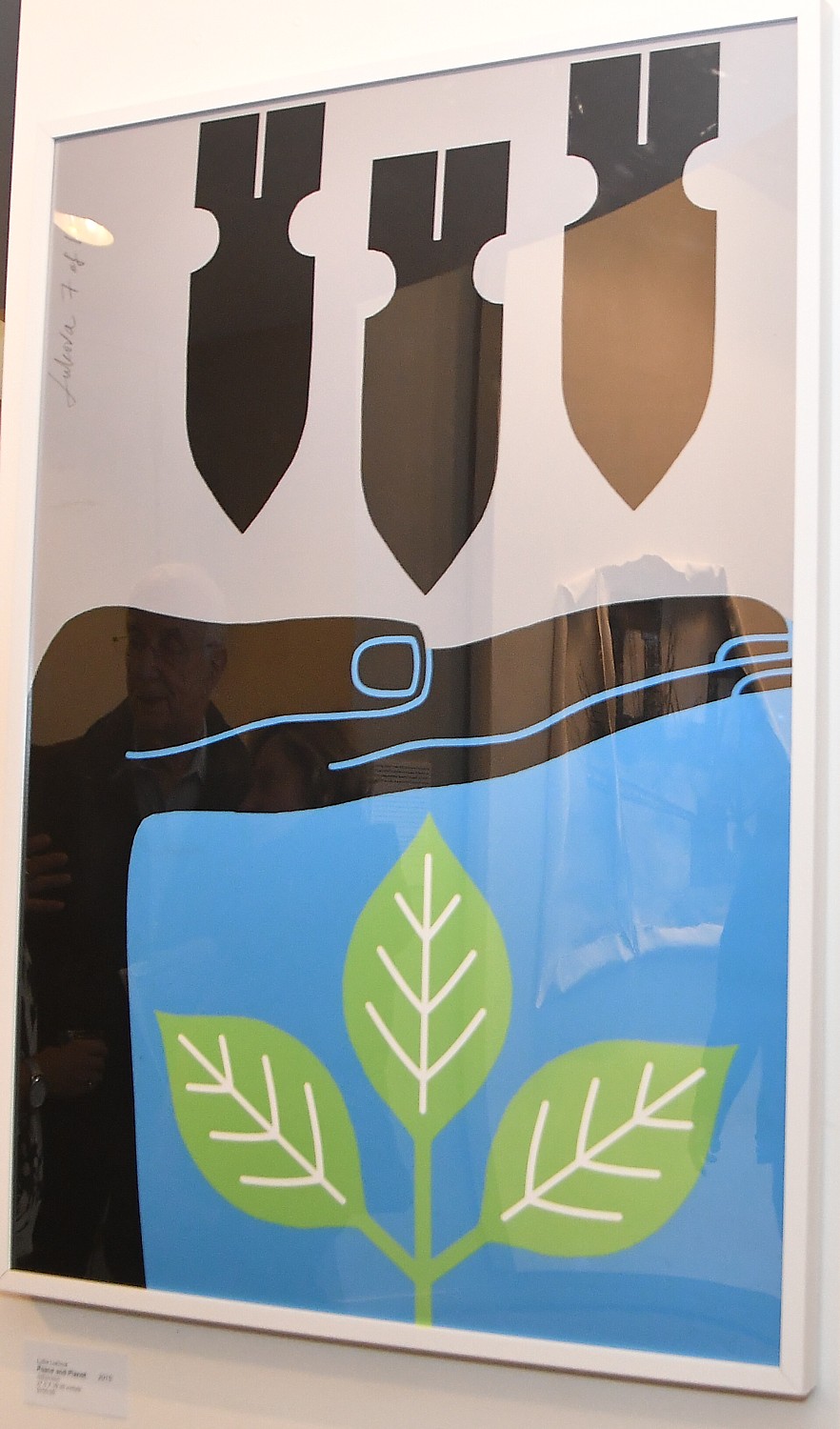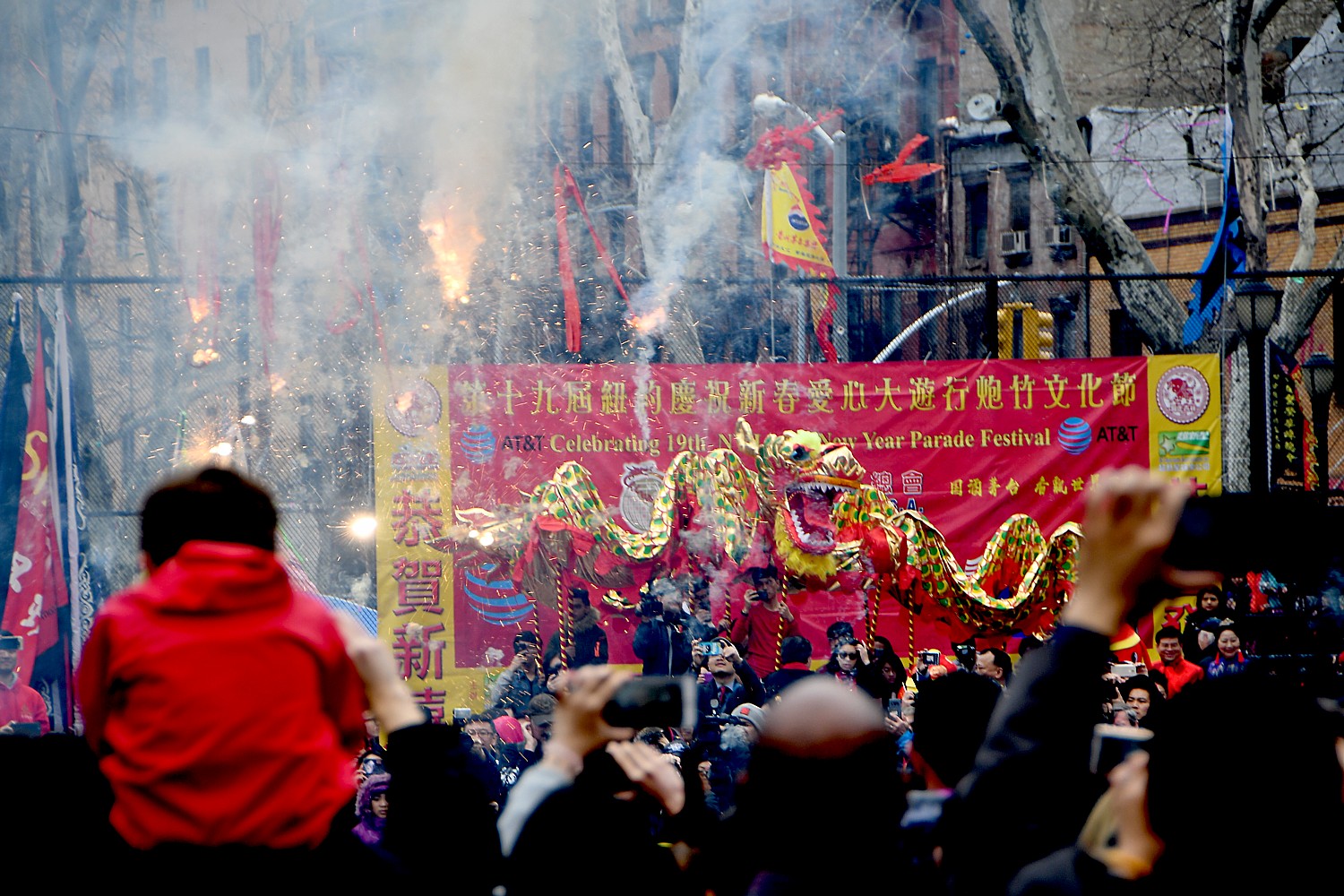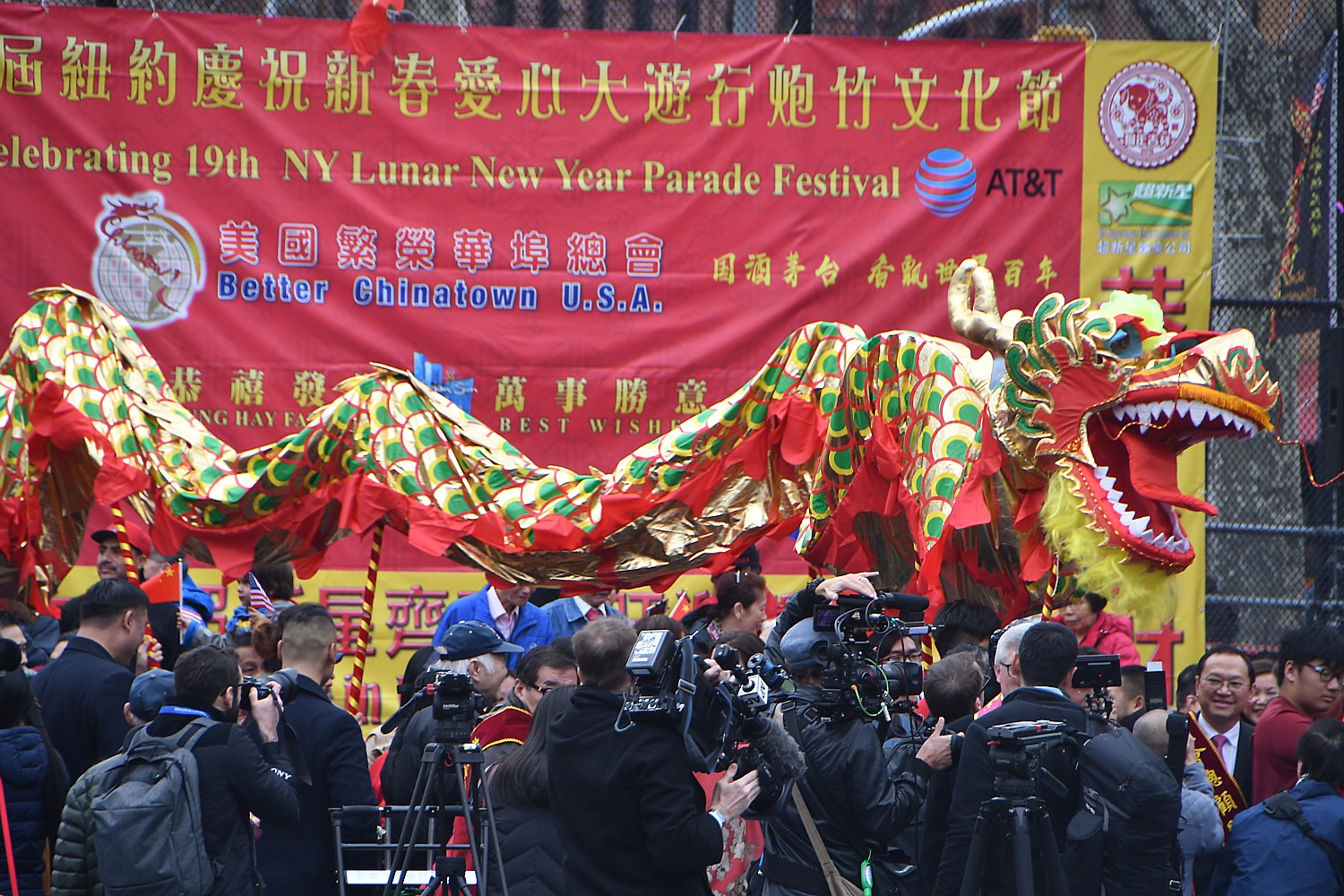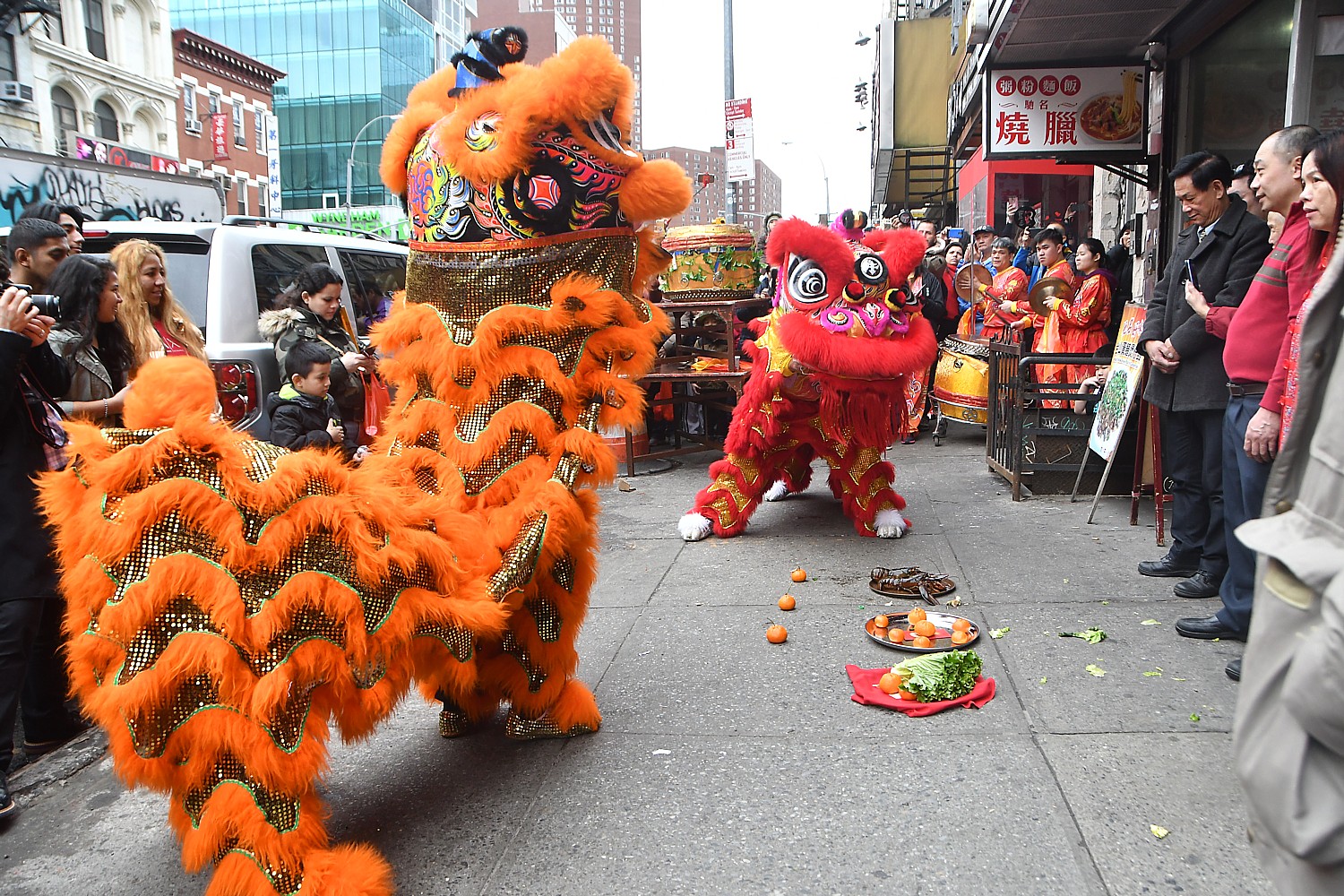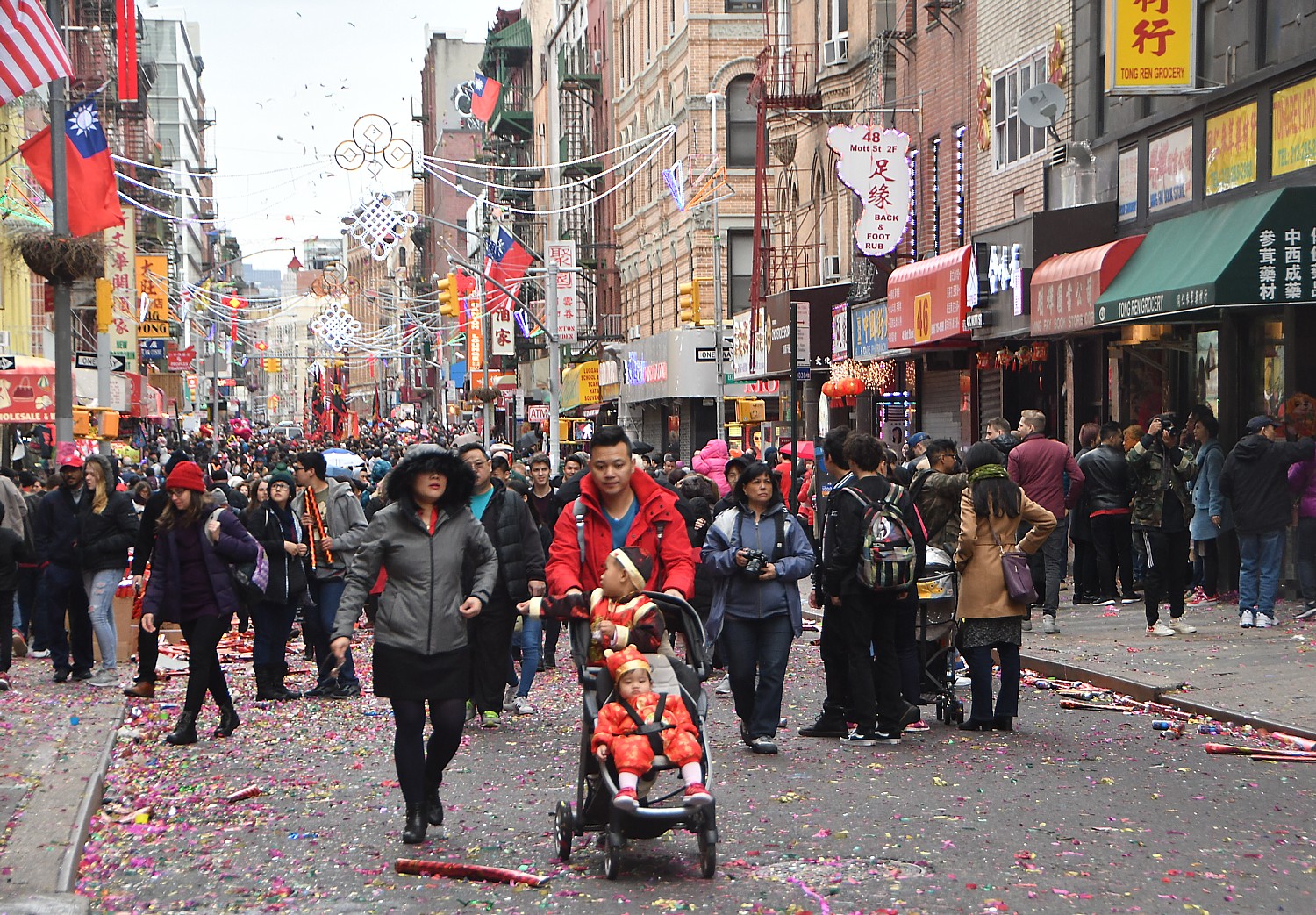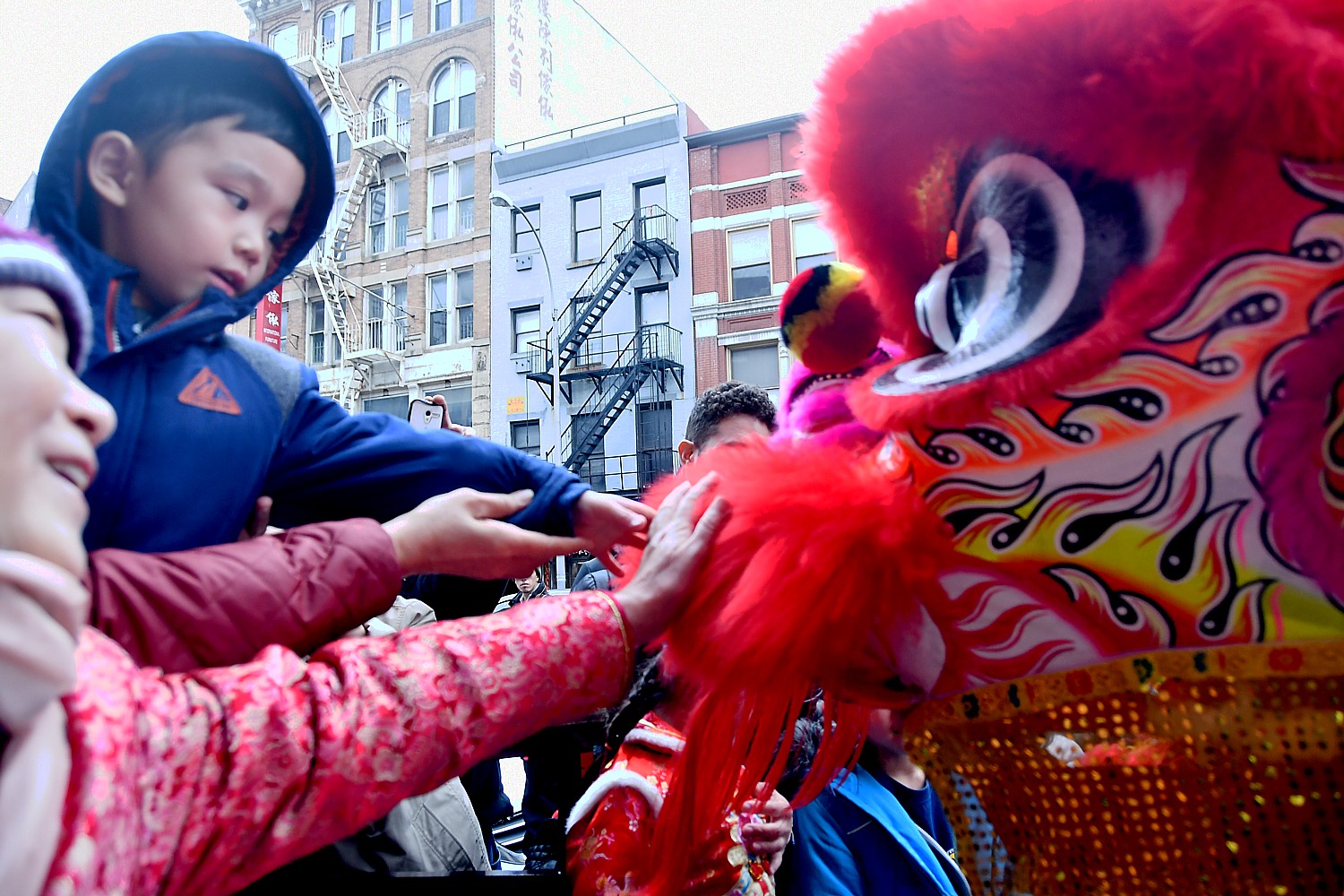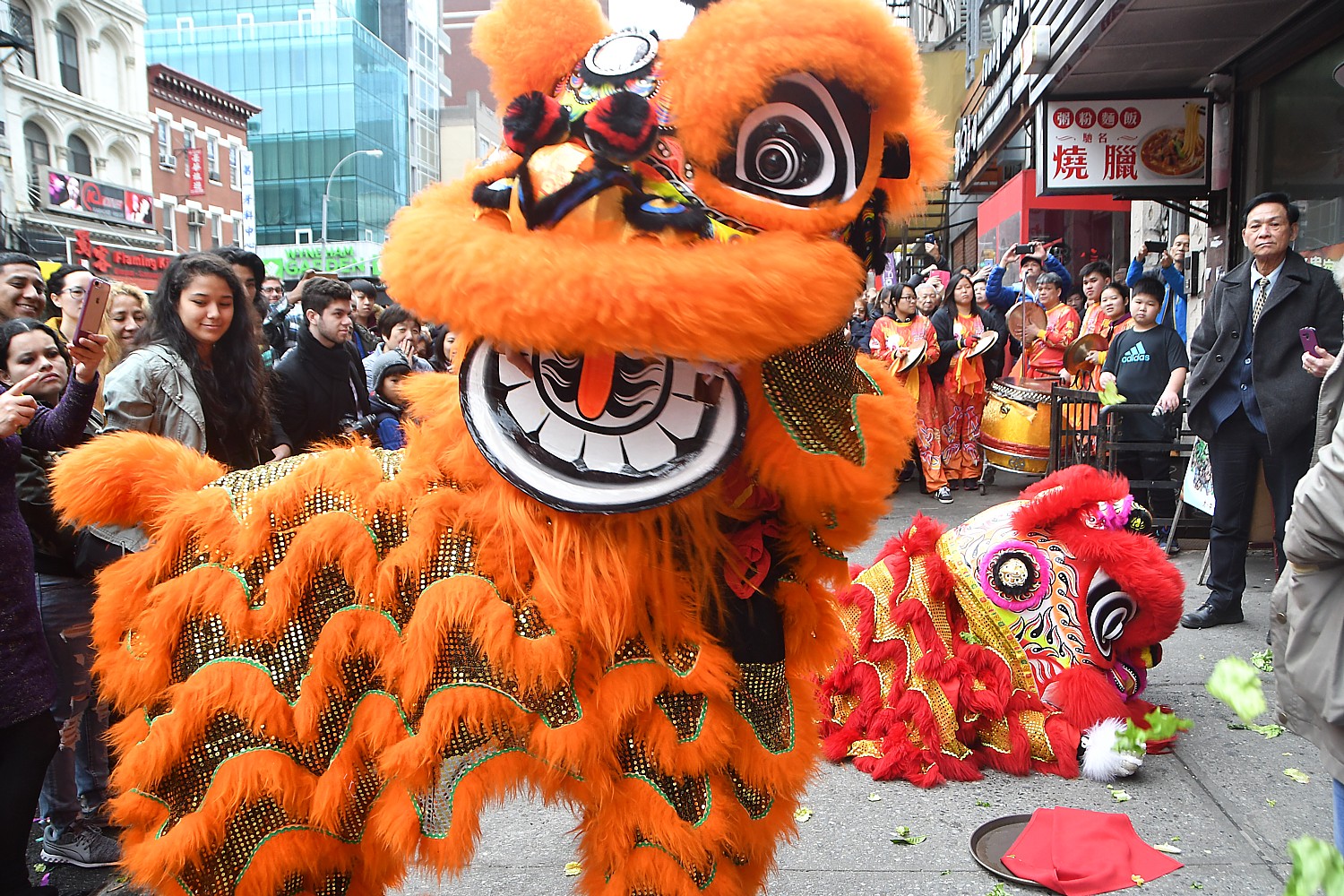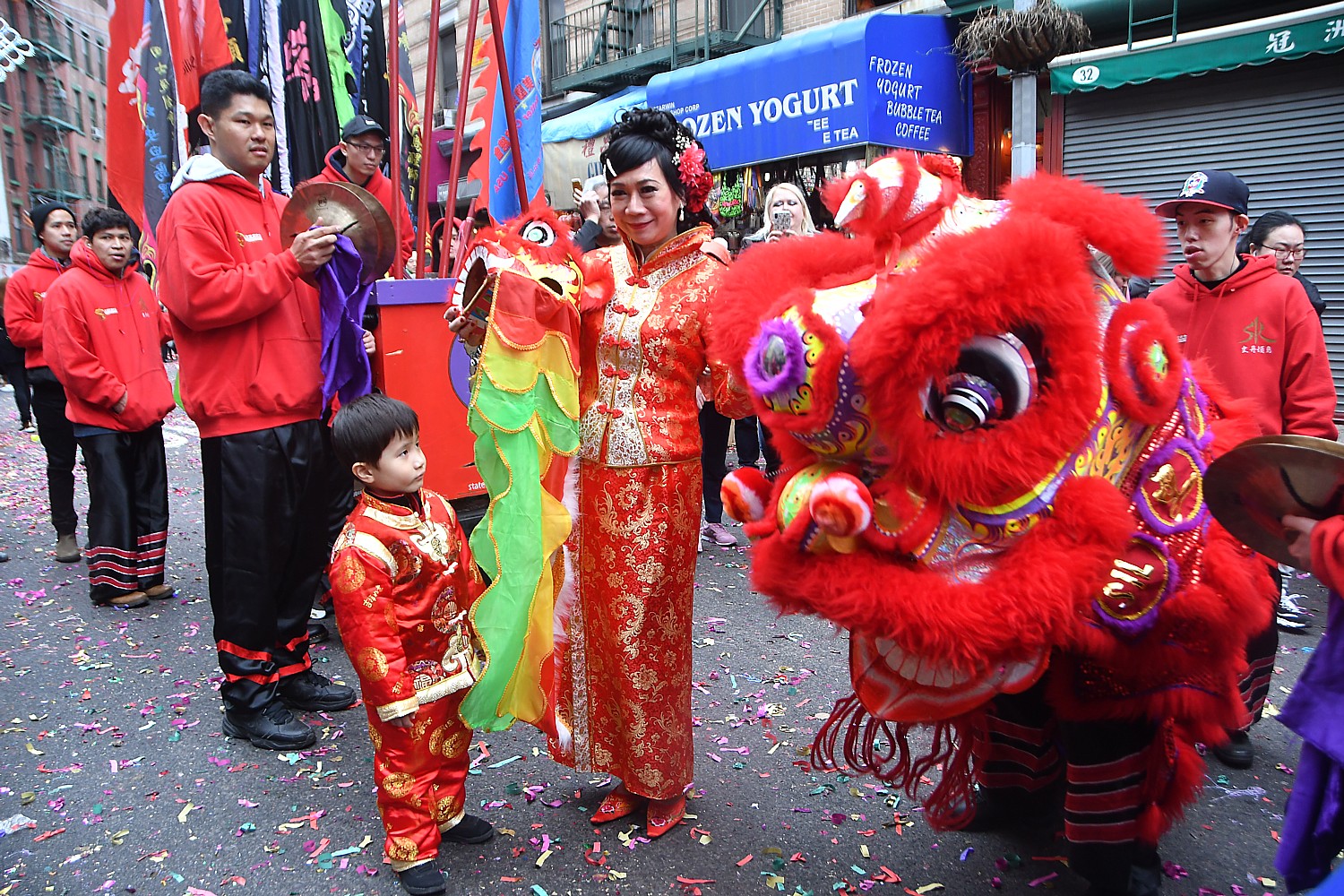
By Karen Rubin, Travel Features Syndicate, goingplacesfarandnear.com
One of the smartest choices I make in preparation for a week-long self-guided bike tour from Venice to Trieste to Istria (Slovenia to Croatia) is to arrive a day earlier. This gives me the unsurpassed luxury of spending a day wandering around Venice without a plan or an objective, just to follow whim and whimsy and take in the incomparable essence of this enchanting city. I am transfixed by Venice – the colors, the constant motion, the angles, the architecture, how you never know what you will see around any corner, how getting lost leads to new discovery. I have that cherished time to really focus on details.
Eric, my son who will be biking with me, will be arriving the next day, and I have made my way from Marco Polo International Airport to the Hotel Alexander, on the mainland, in Mestre by public bus (following the directions provided by FunActive, the tour company). I drop my bags and have most of the day to explore on my own.
The hotel that has been selected on the FunActiv tour (self-guided means that they have booked the inns and laid out the route, provide the rental bikes and support, a ferry the luggage each day to the next inn) which I booked through Biketours.com, is well located, just a short walk to a tram that comes frequently (they tell me where to buy the ticket, at a convenience store) and whisks me in comfort to the magnificent old city in 15 minutes.
Before I left the hotel, I had spotted a flyer about a new Leonardo Da Vinci Museum and am delighted when, serendipitously, I find myself right in front of it, next door to Chiesa di San Rocco, a church where a concert is underway. I listen for awhile and then go into the Museum.

What distinguishes the Leonardo Da Vinci Museum is that it is designed as a laboratory for experimentation and curiosity – actually giving you insights into the mind of Leonardo da Vinci by bringing his manuscripts, schematics and drawings to reality. Engineers have recreated large-scale models of Da Vinci’s inventions from his own plans “created through the skillful craftsmanship typical of the Renaissance workshops” which you can touch and maneuver. Essentially, you get to play with DaVinci’s inventions – delighting children of all ages. The museum also exhibits DaVinci’s anatomical studies. A special space is dedicated to his main pictorial works including the Mona Lisa and Annunciation, reproduced using high-resolution backlight technology.(Open daily, Scuola Grand di San Rocco, www.davincimuseum.it).
My motto, “Seize the day” (and waste no time) serves me well, because my first day is sunny, bringing out the colors of Venice – along with everyone else. Venice is unbelievably crowded with tourists– like Times Square but on a much, much bigger scale– and quite warm and humid. But I don’t mind and I find myself wandering down streets and alleys in neighborhoods (and they are really neighborhoods, where Venetians live) that are amazingly uncrowded and quiet.

I periodically take refuge in churches to get out of the heat and take a bit of a rest and often am pleasantly surprised to discover art and music.
One of the delights of Venice is that it is set up like a labyrinth of warrens, alleys, bridges over canals, so you are constantly surprised by the scenes that come into view as you walk about.

The most popular is the famous view from the Rialto Bridge at the center of the city where you literally have to wait your turn to get a photo.
The narrow alleys all of a sudden open up into the famous square of San Marco and I come upon the Basilica of San Marco with its ornate decoration. There is so much to see and do here in the piazza, which remarkably has retained the same look as depicted in Renaissance paintings.

At San Marco, I stand on a bridge the gondoliers go under to get to the Bridge of Sighs – that famous place in the Doge Palace where prisoners would be taken to their cramped, damp cells, across this bridge with the last view of the open sky and their last breath of fresh air. It’s like rush hour of the gondolas. I admire the skill with which they deftly turn 90-degree corners and avoid hitting each other or smack into the pilings. The choreography of their floating dance is amazing – I notice the oar lock the gondoliers use, shaped in such a way that they get a different angle to control their stroke.

What really strikes me is that despite the crowds, how clean Venice’s streets are (though there is graffiti, more a reflection of political climate) and how fresh. This wasn’t the case when I last visited, 10 years ago.
I linger in the Piazza San Marco for a time, and am sitting on marble benches under an archway at the Doge Palace when I hear thunder. Last time I was here, the city was flooded – platforms mysteriously would appear on the streets that you had to walk over to avoid wading in six inches of water – a worrisome warning that Venice may at some point become submerged altogether with rising sea level.

Venice’s famous Piazza San Marco © Karen Rubin/ goingplacesfarandnear.com
No one seems particularly bothered by the thunder, not even the street vendors. I take the tram back to the hotel, and just before I get there, the thunderstorm starts.
The next morning is raining, but no matter. I hop the tram again, a five-minute walk from the Hotel Alexander through the neighborhood for the ride into Venice, and this time, after crossing over the bridge that provides entrance to the Old City (and apparently closes at night to those who aren’t living or staying here) go left at the fork instead of right. I walk over a bridge and see a sign pointing to the Jewish Ghetto and follow it. I come upon a group of Israeli tourists huddled under a passageway leading into the Jewish quarter as their guide gives her talk. I walk ahead and find the synagogue, where Sabbath services are just finishing, guarded by city soldiers who don’t let me in.
The last time I was in Venice, I happened upon Chabad gathering for Shabbat dinner and was invited in. The Chabad are actively repopulating European cities that emptied their Jewish communities during the Holocaust.

I have a few hours before Eric arrives and we have our orientation with a FunActive guide for our bike tour. I make my way to San Marco again, before walking back to the depot to get the tram back to the hotel, in time for Eric and the guide to arrive.
We spend about an hour with Anthony, the FunActive guide, actually hurrying him along because we are so anxious to get back to Venice so Eric can have some time there. Anthony persists: going over the day-by-day maps, pointing out sights we might look out for, and alternative routes we can take, and then fits us to the bikes we will be taking.

By the time we get to Venice in the afternoon, the rain has cleared. We return together to the Jewish Ghetto and wander from there. I let Eric take the lead so he can have that same delight in discovering Venice for himself.
It is important to realize that Venice is a place where people live (signs ask visitors to respect the residents), and coming in this way, through the Jewish Ghetto, we find many streets – very quiet streets – that are simply neighborhoods off the beaten tourist track. Laundry stretched across the canal.

Eric uses his tech prowess (and the AFAR app) to find a restaurant, which gives a purpose and focus to our wandering through the streets. We arrive at Al Portego just in time before all the tables would be reserved for dinner.
After dinner, we walk to San Marco, which is especially magical at night. I have saved visiting the Doge Palace for the evening (the Doge Palace and three other museums stay open on Fridays and Saturdays until 11 pm, last entrance at 10 pm) so that Eric could see it as well. But Eric is too exhausted after having traveled all day and heads back to the hotel.

I waltz in at 7:30 pm without waiting at all – such a contrast to the daytime when the lines are long and hundreds of people, including massive tour groups, funnel in at once. The ticket, I learn, is valid at all four museums and good for three months. Unfortunately, I won’t be able to take advantage, but the ticket is well worth it.
Priceless, in fact.
I find myself in these rooms – grand doesn’t begin to describe it – by myself or with at most five other people. All of us are breathless. No one speaks. The silence is thrilling.
The art work – monumental pieces by titans of the Renaissance – fill the massive walls and the entire ceiling. One room is grander and bigger and more gilded than the next, and at this hour, at this moment, it feels like all of this is for me and me alone.
Next: A Night Visit to the Doge Palace
(We booked our 8-day self-guided “Venice-Trieste-Istria” self-guided bike tour through BikeTours.com, a broker which has an excellent catalog of well-priced guided and self-guided bike and bike/boat trips, mostly in Europe, and has very attentive counselors. Biketours.com, 1222 Tremont Street , Chattanooga, TN 37405, 423 756-8907, 877 462-2423, www.biketours.com, [email protected] ).
_____________________________
© 2019 Travel Features Syndicate, a division of Workstyles, Inc. All rights reserved. Visit goingplacesfarandnear.com, www.huffingtonpost.com/author/karen-rubin, and travelwritersmagazine.com/TravelFeaturesSyndicate/. Blogging at goingplacesnearandfar.wordpress.com and moralcompasstravel.info. Send comments or questions to [email protected]. Tweet @TravelFeatures. ‘Like’ us at facebook.com/NewsPhotoFeatures
